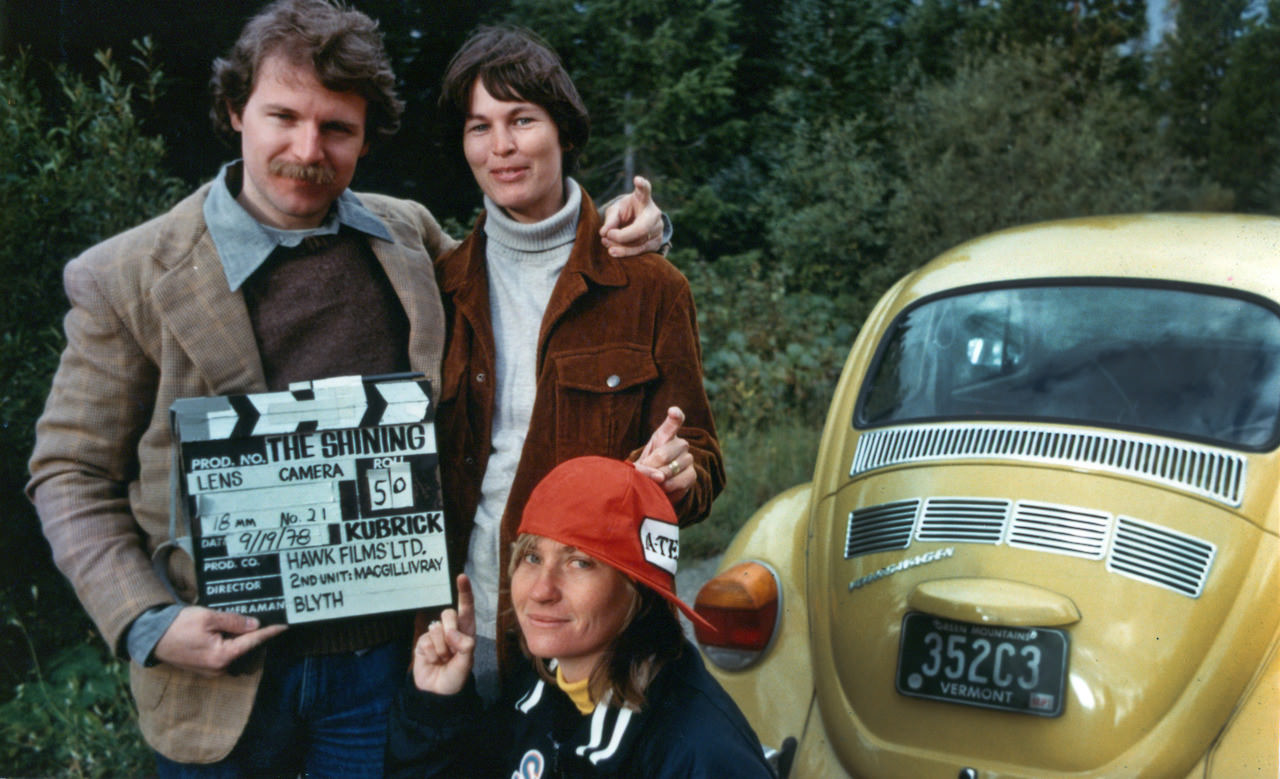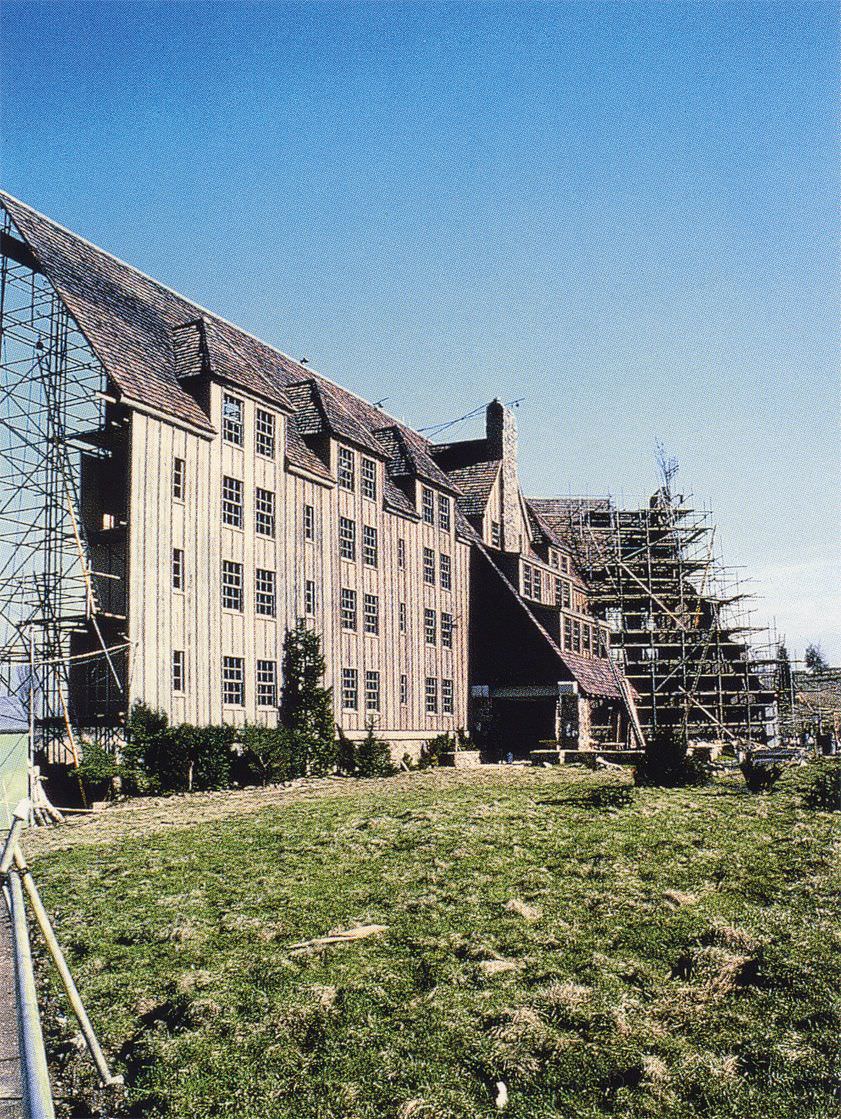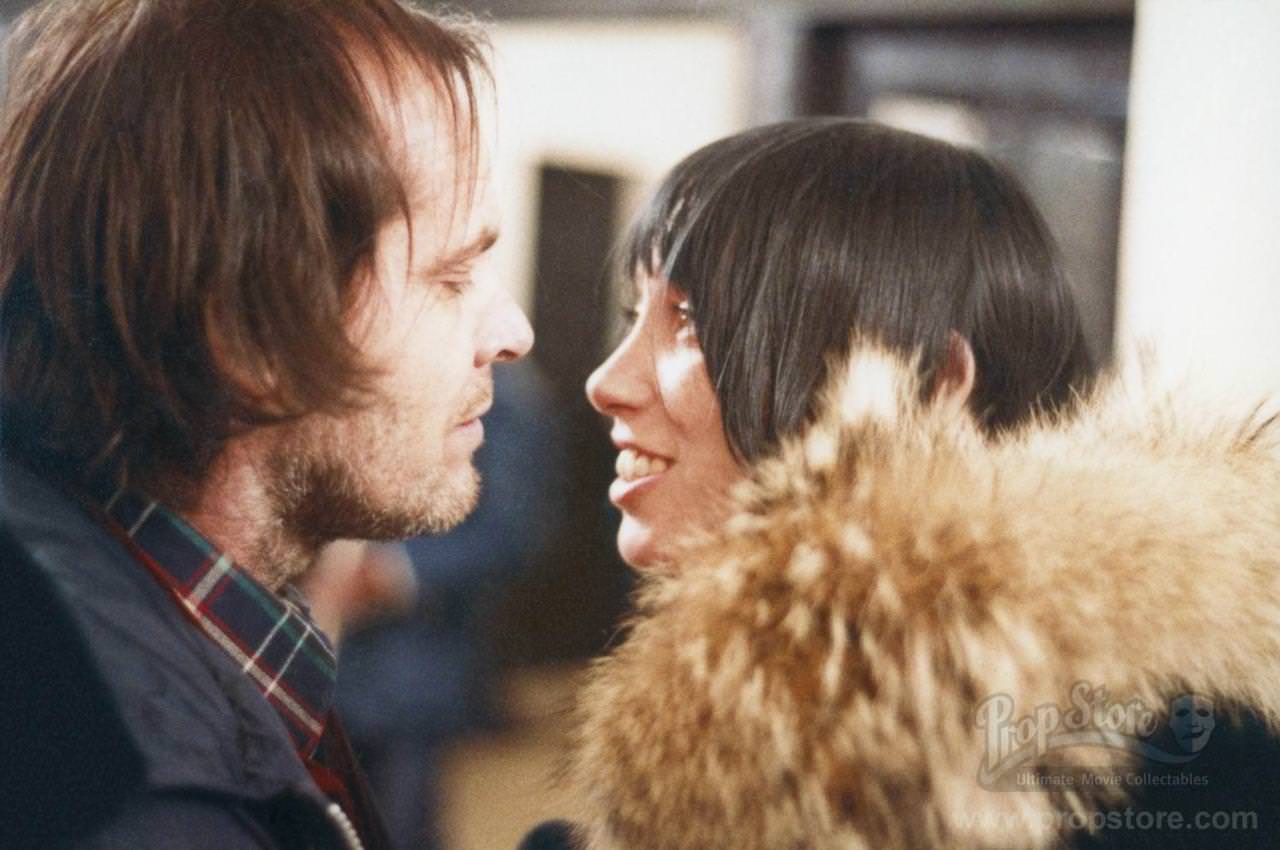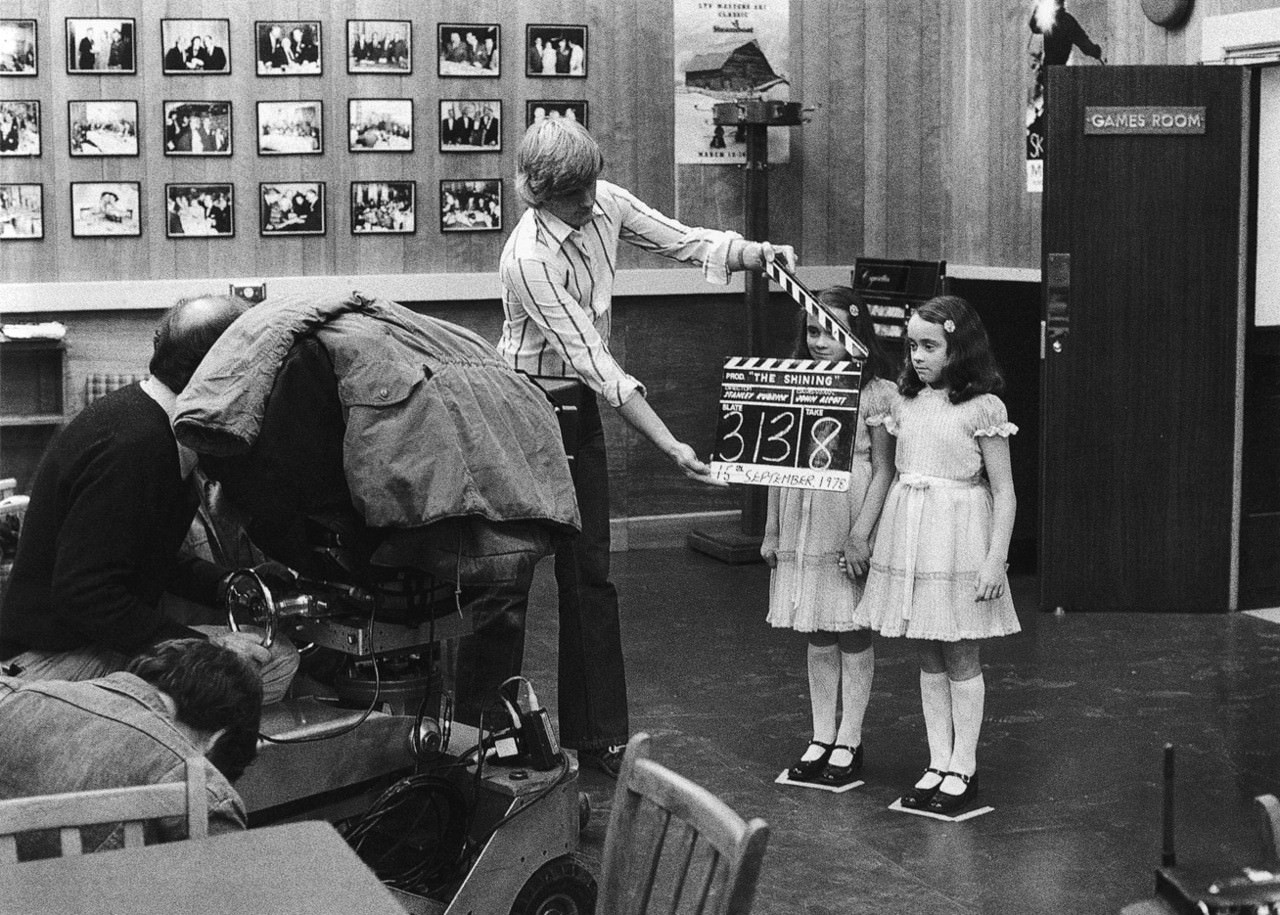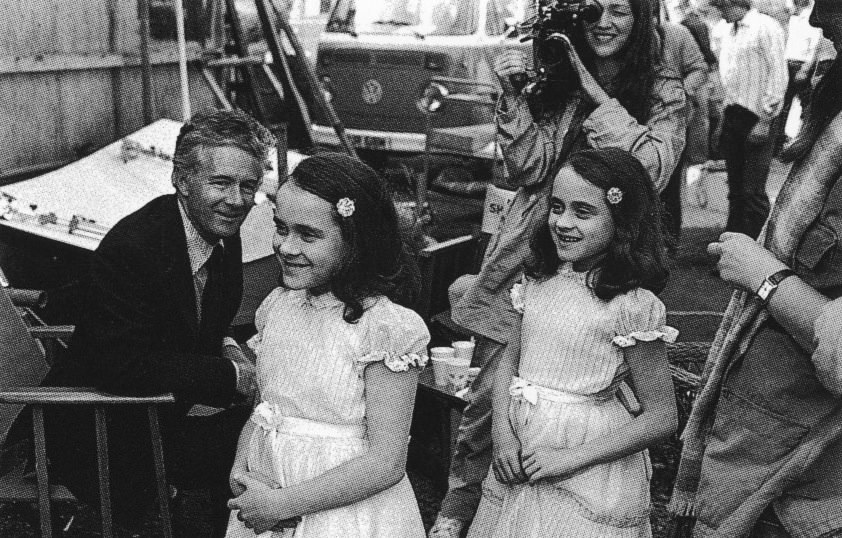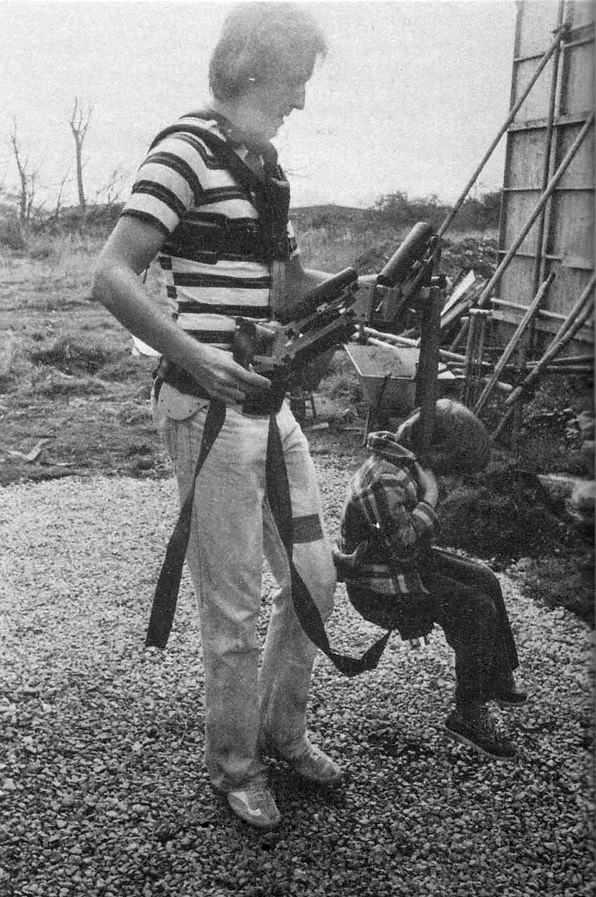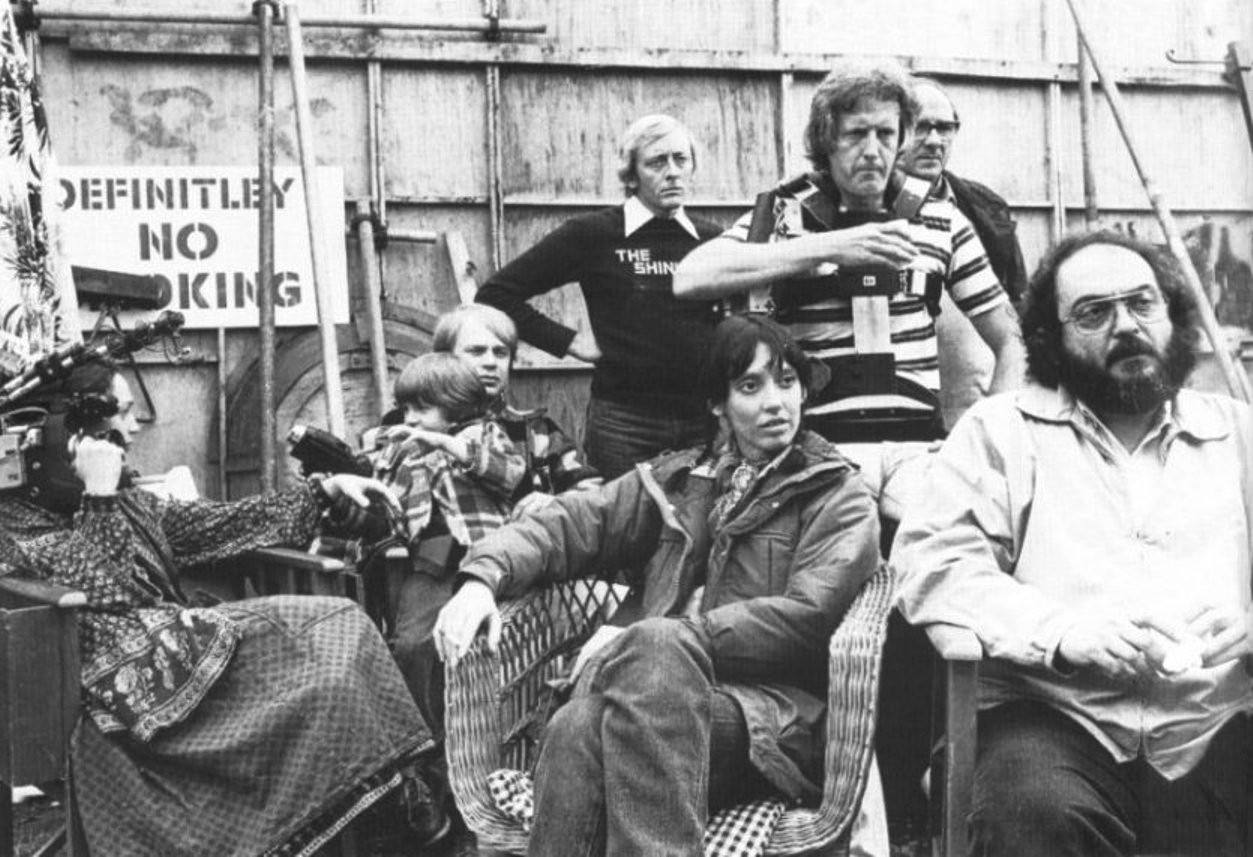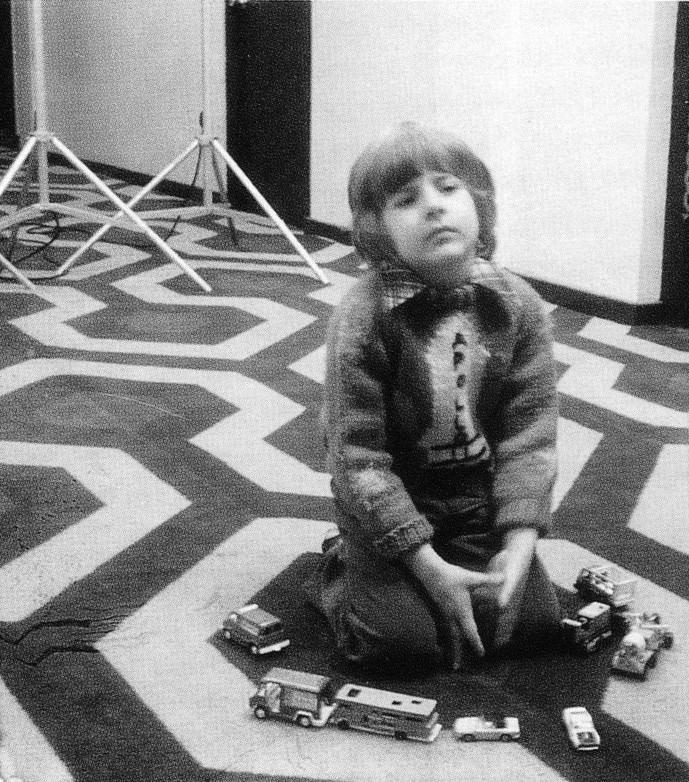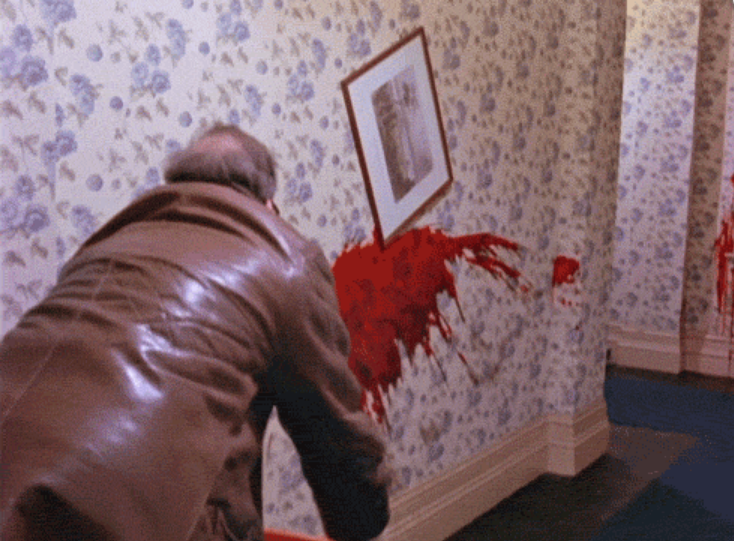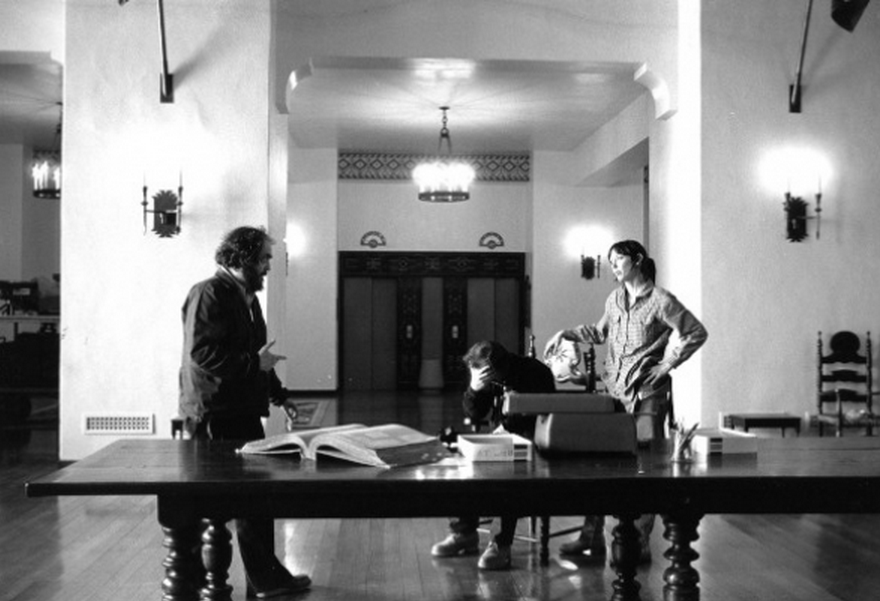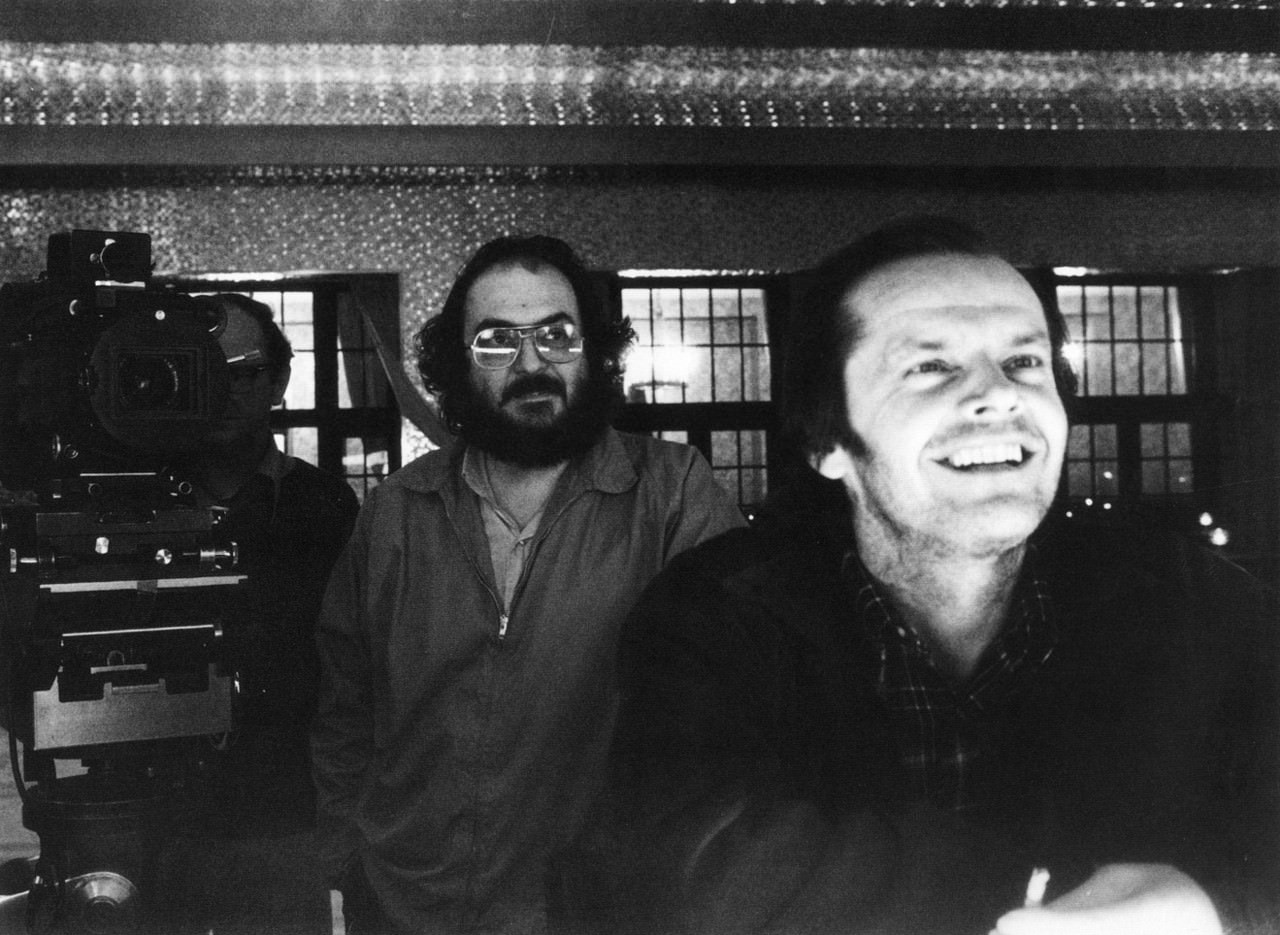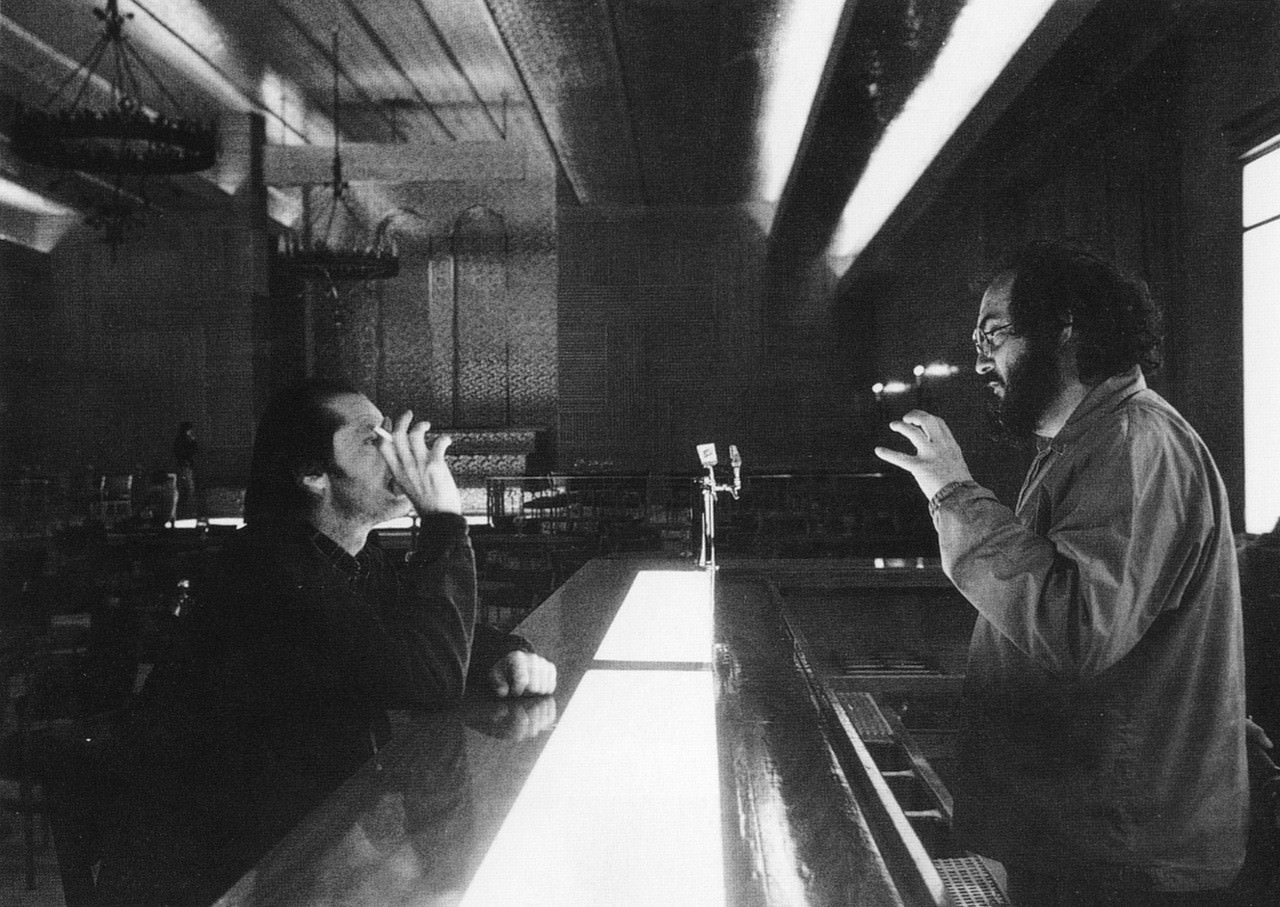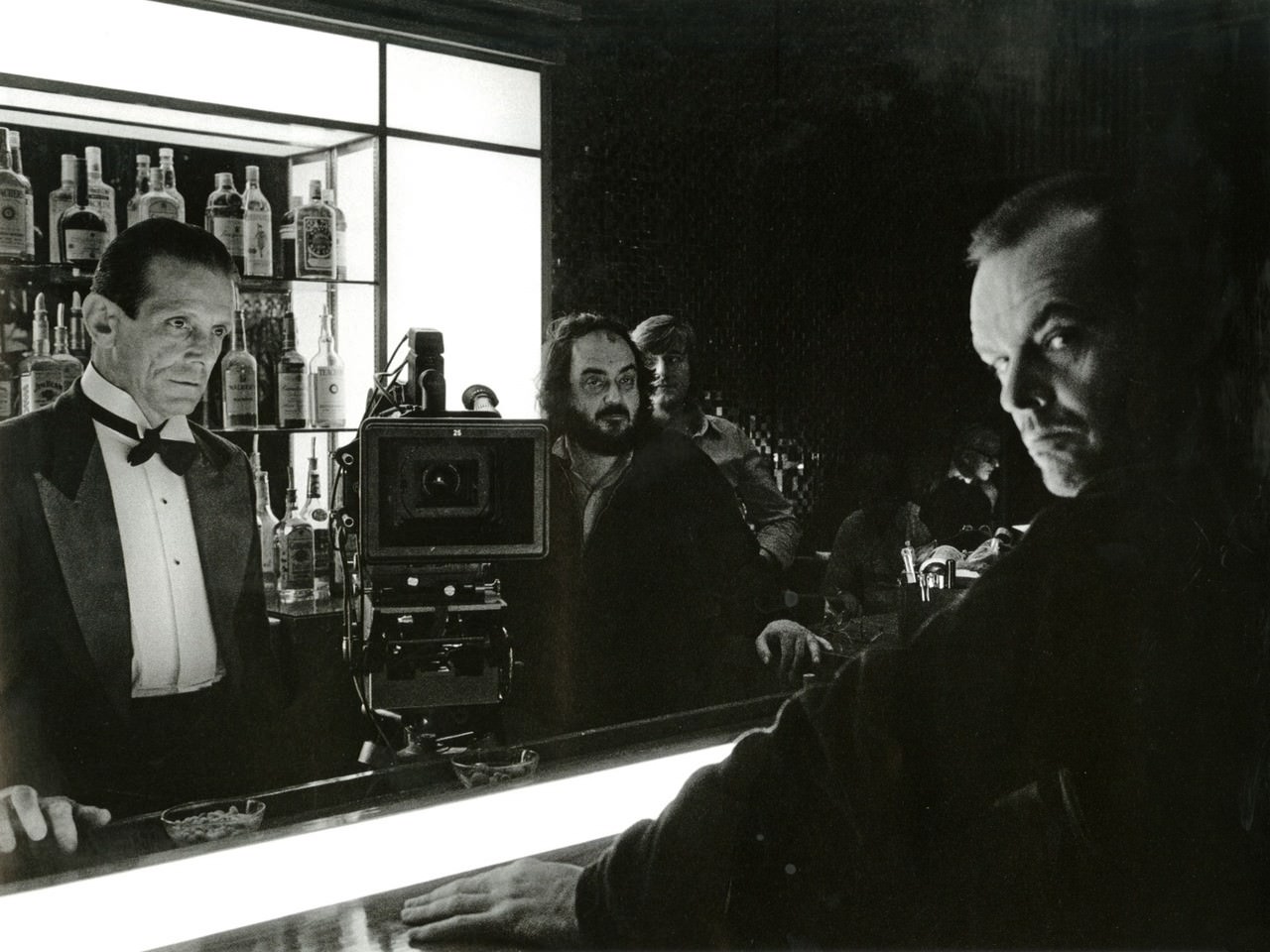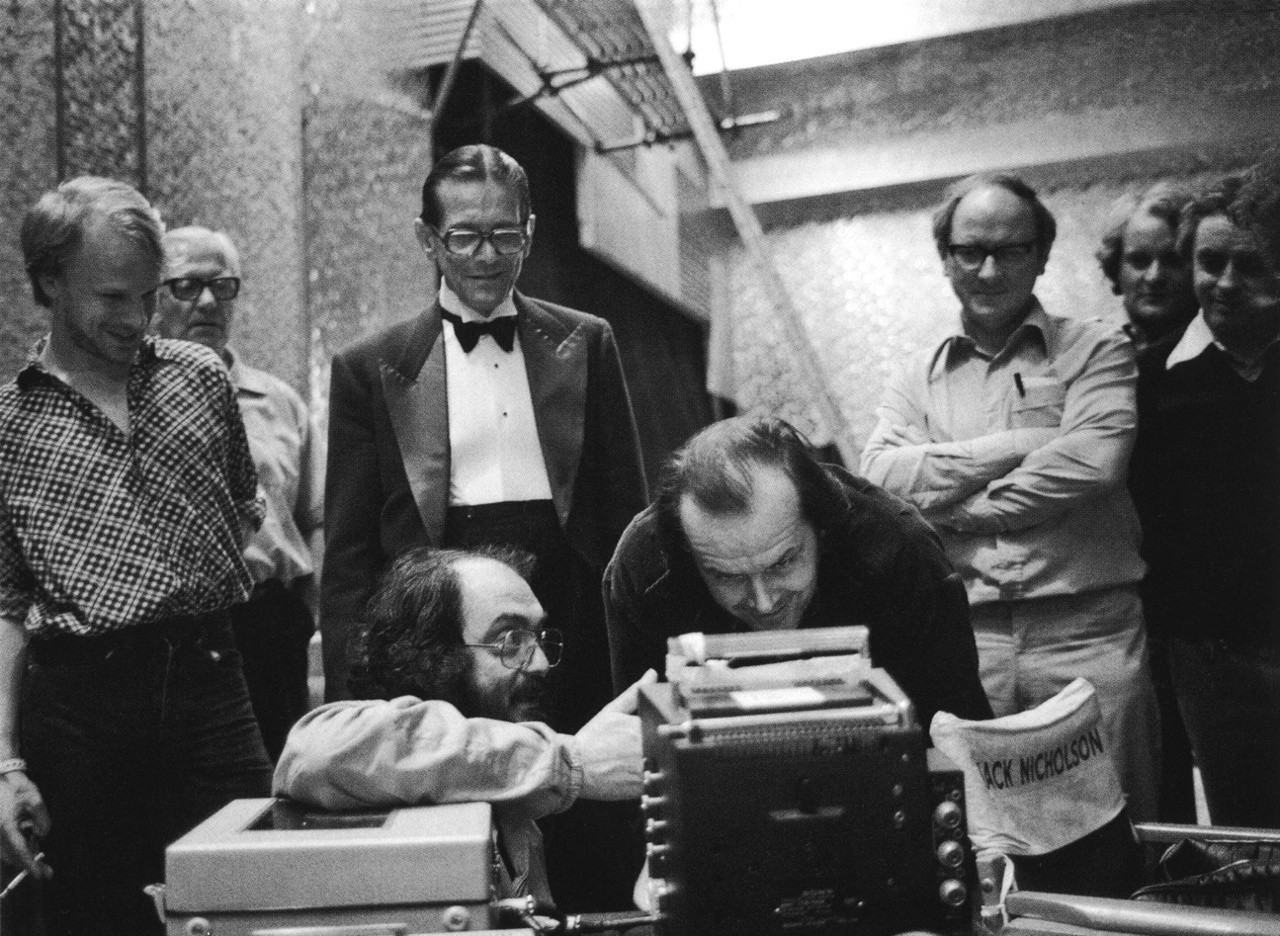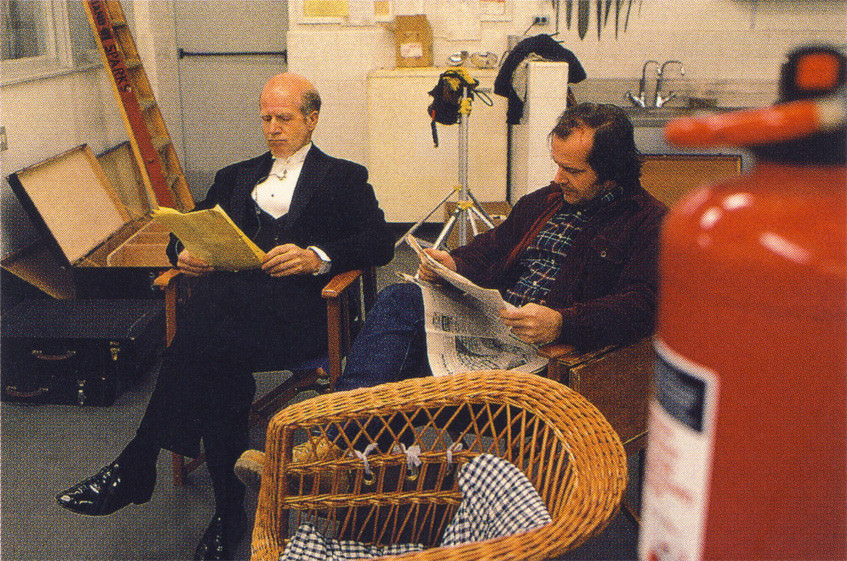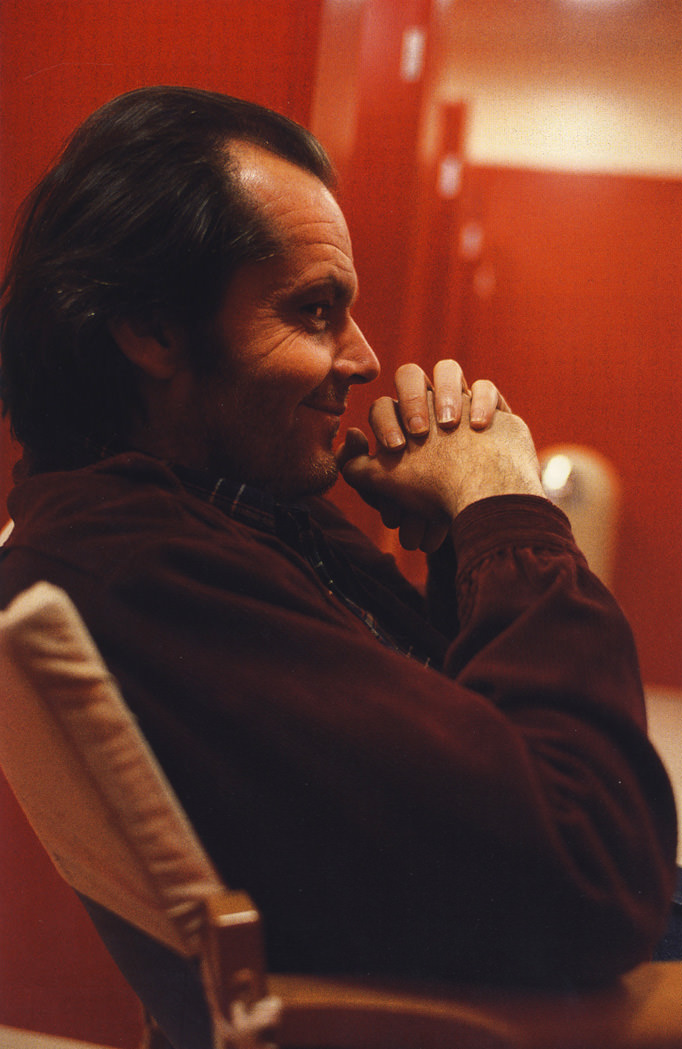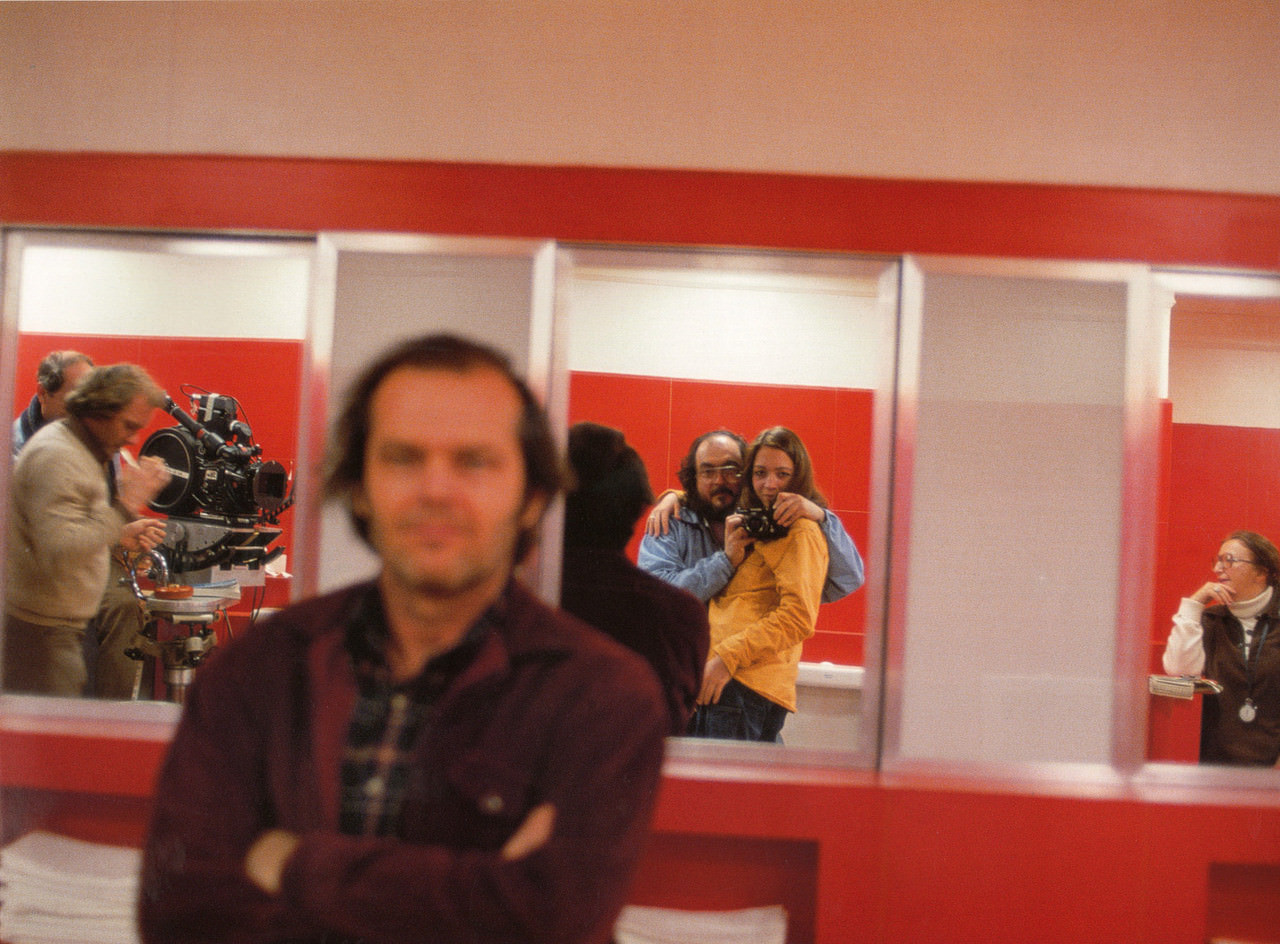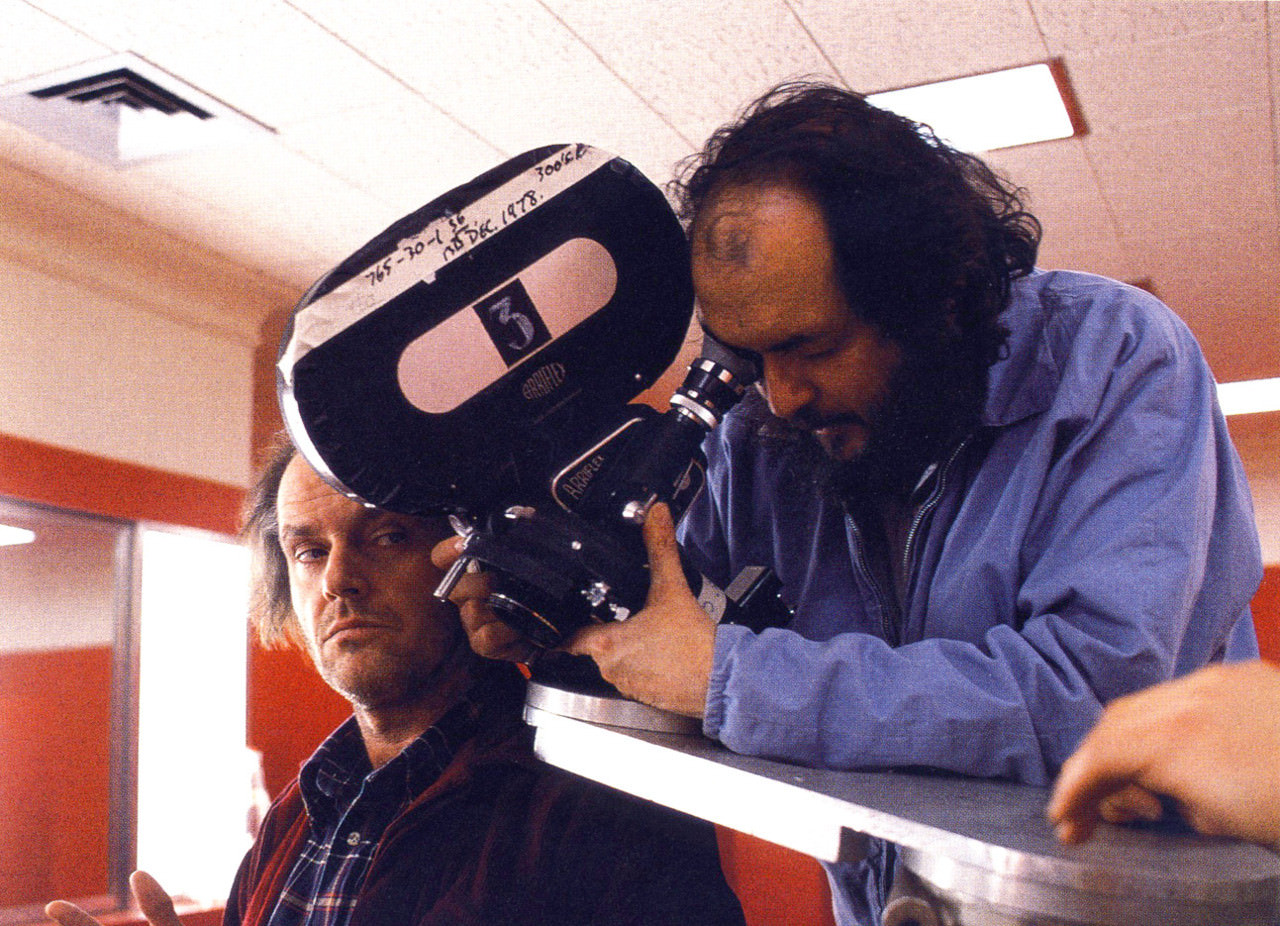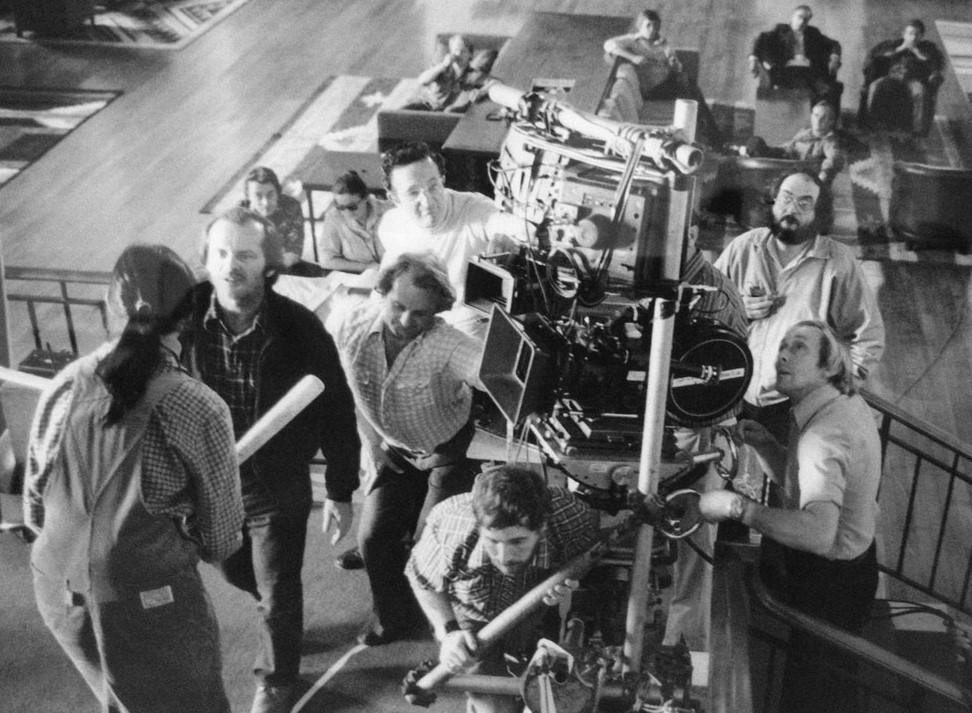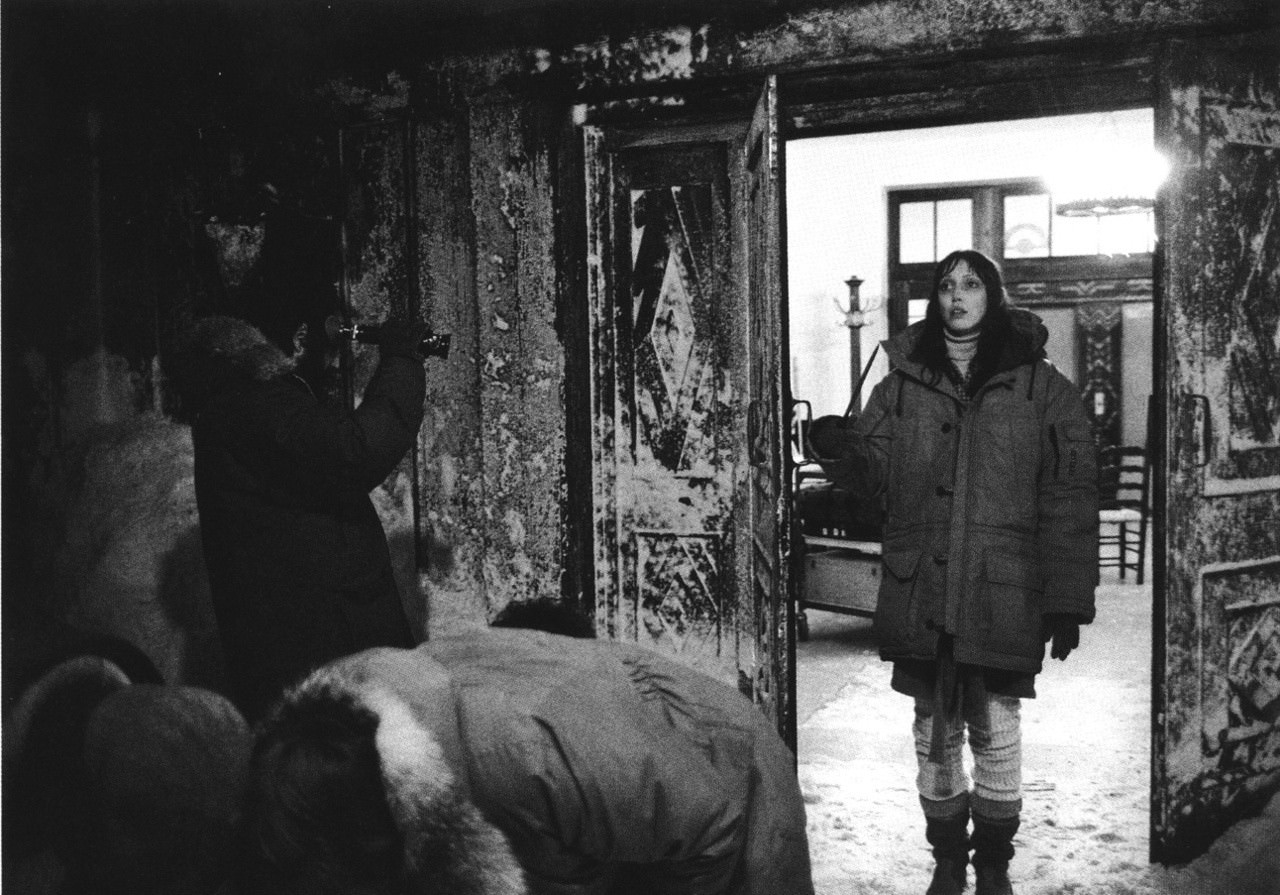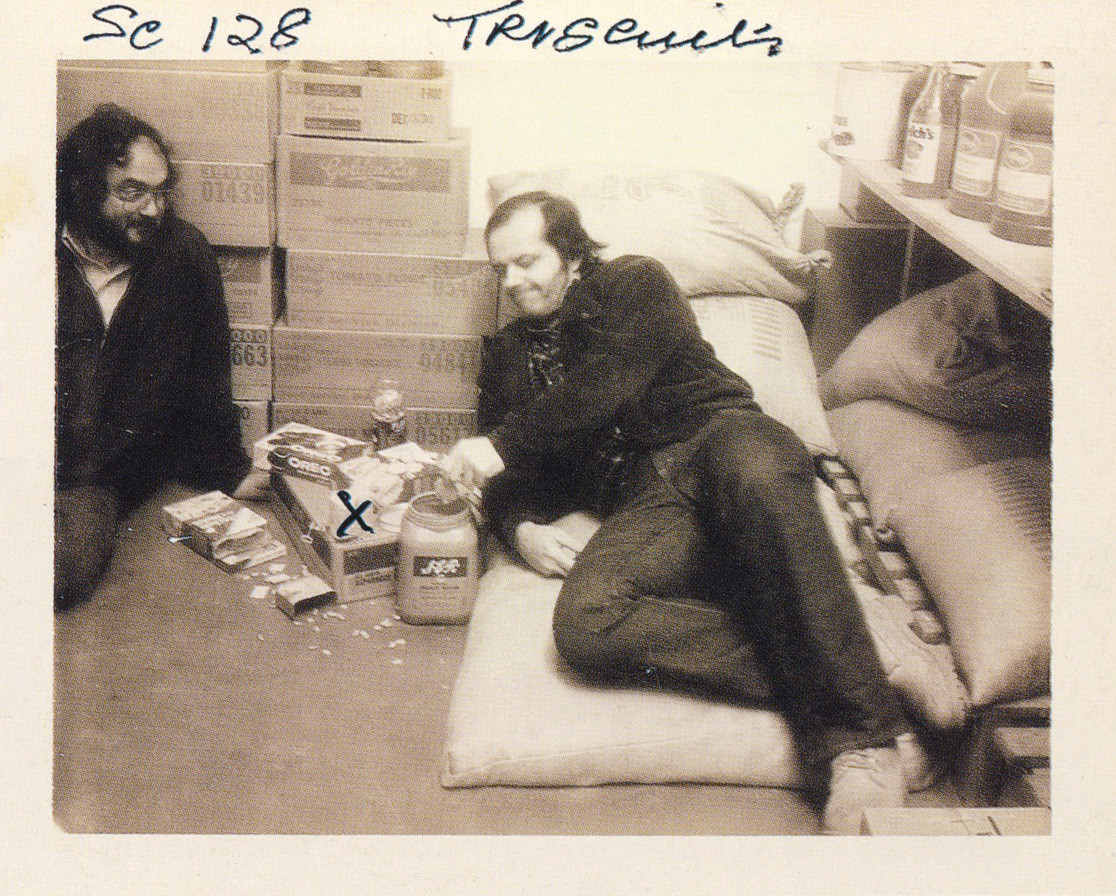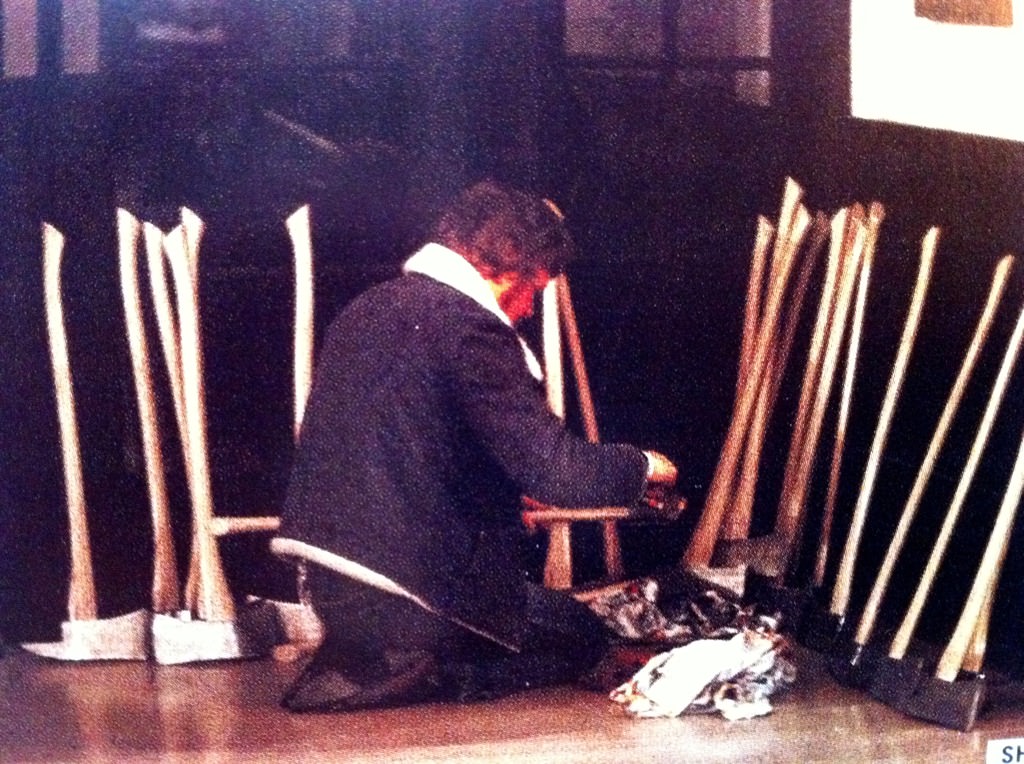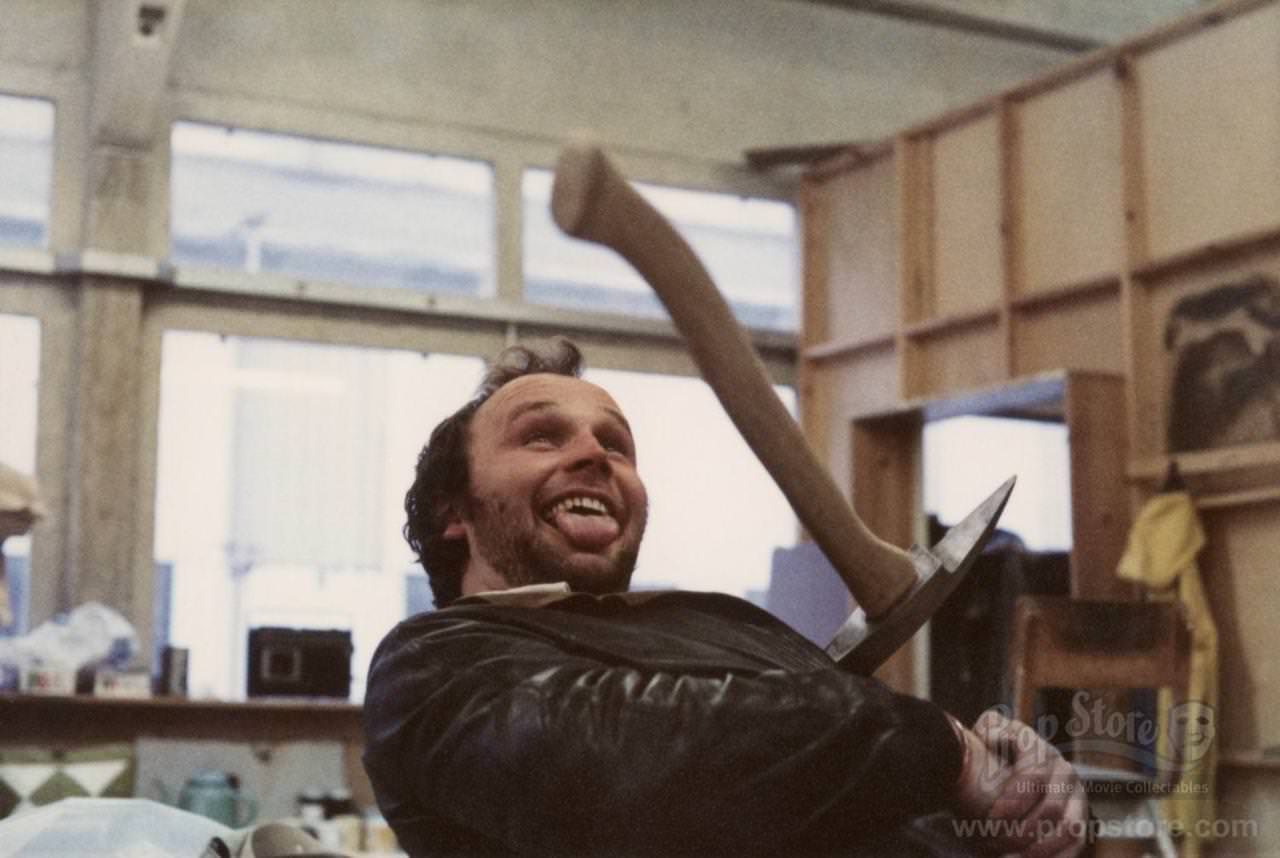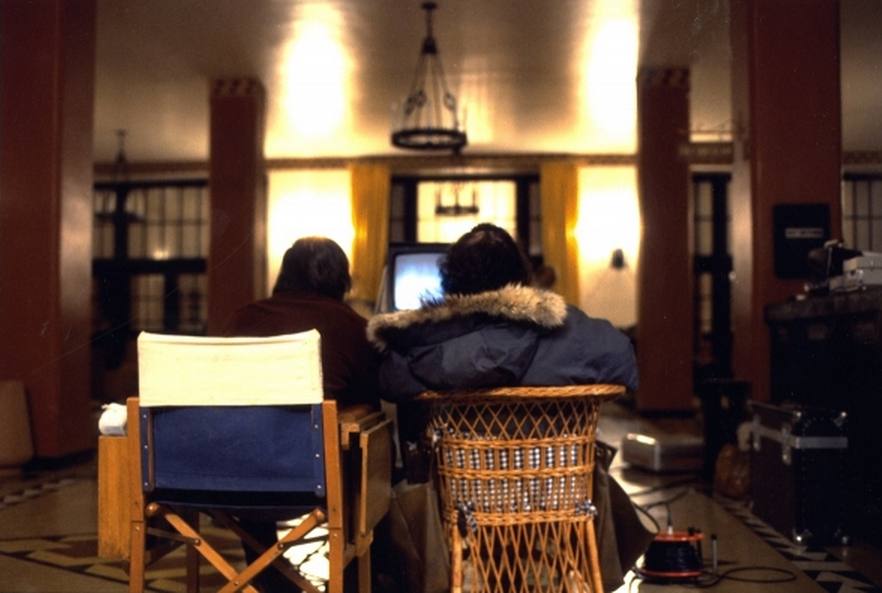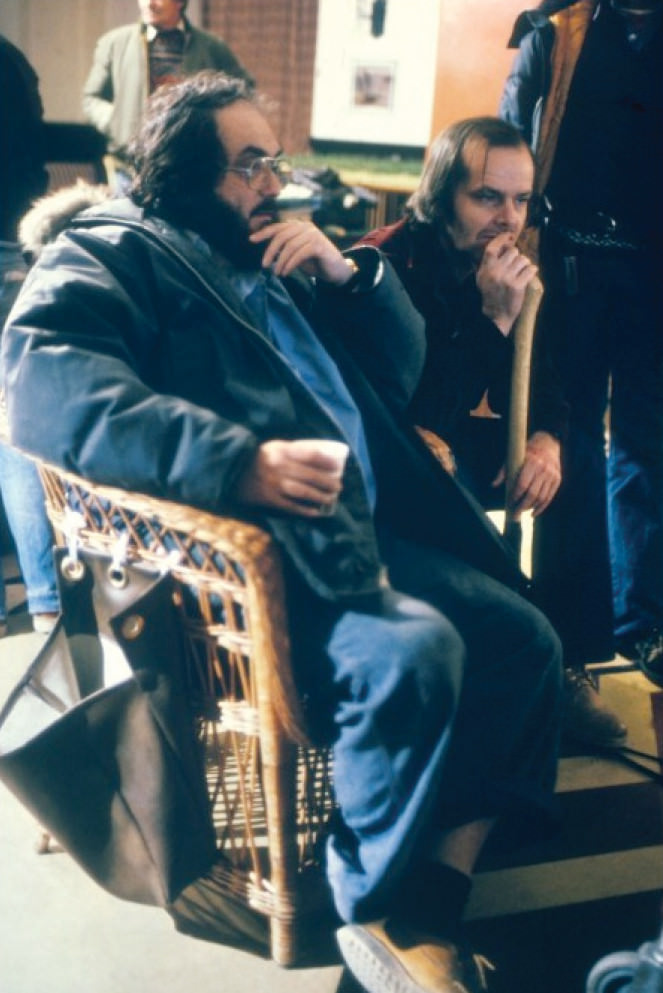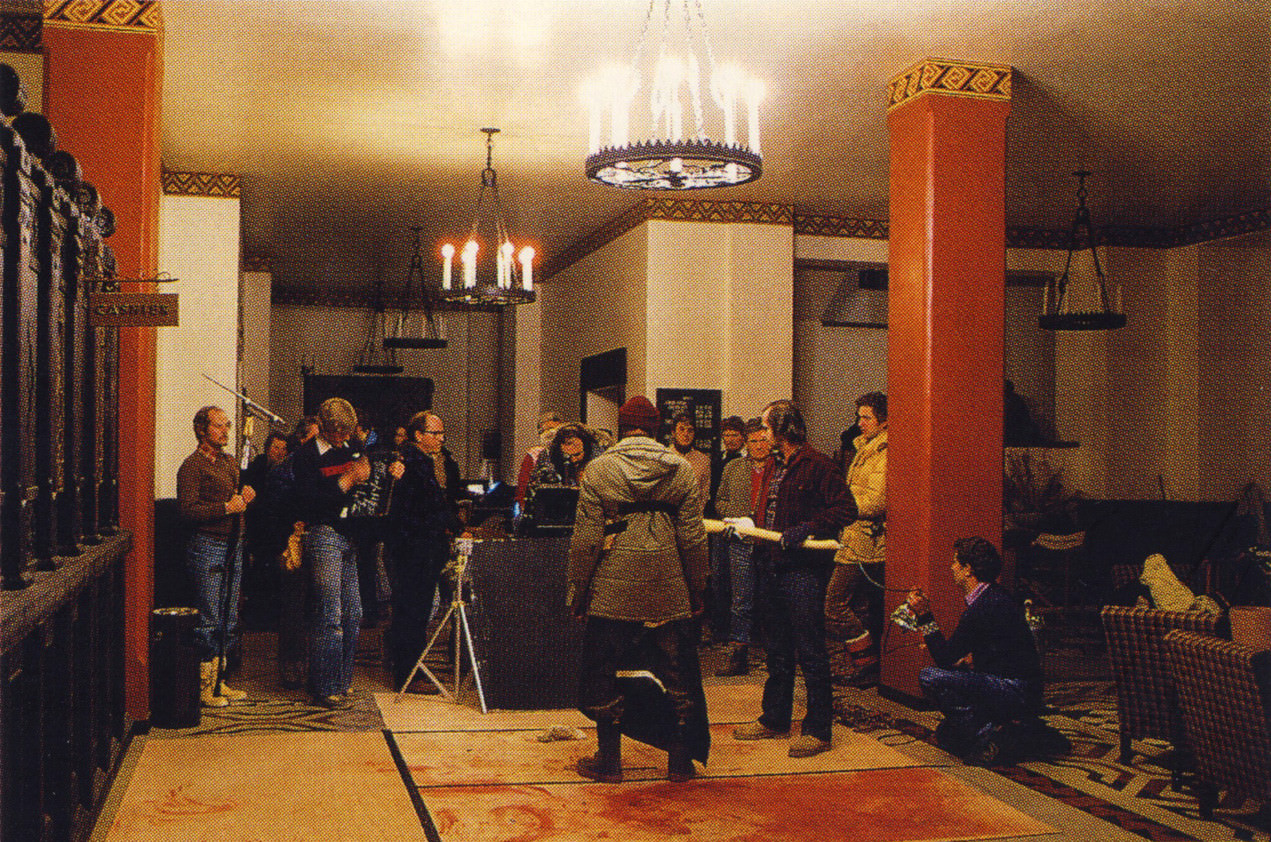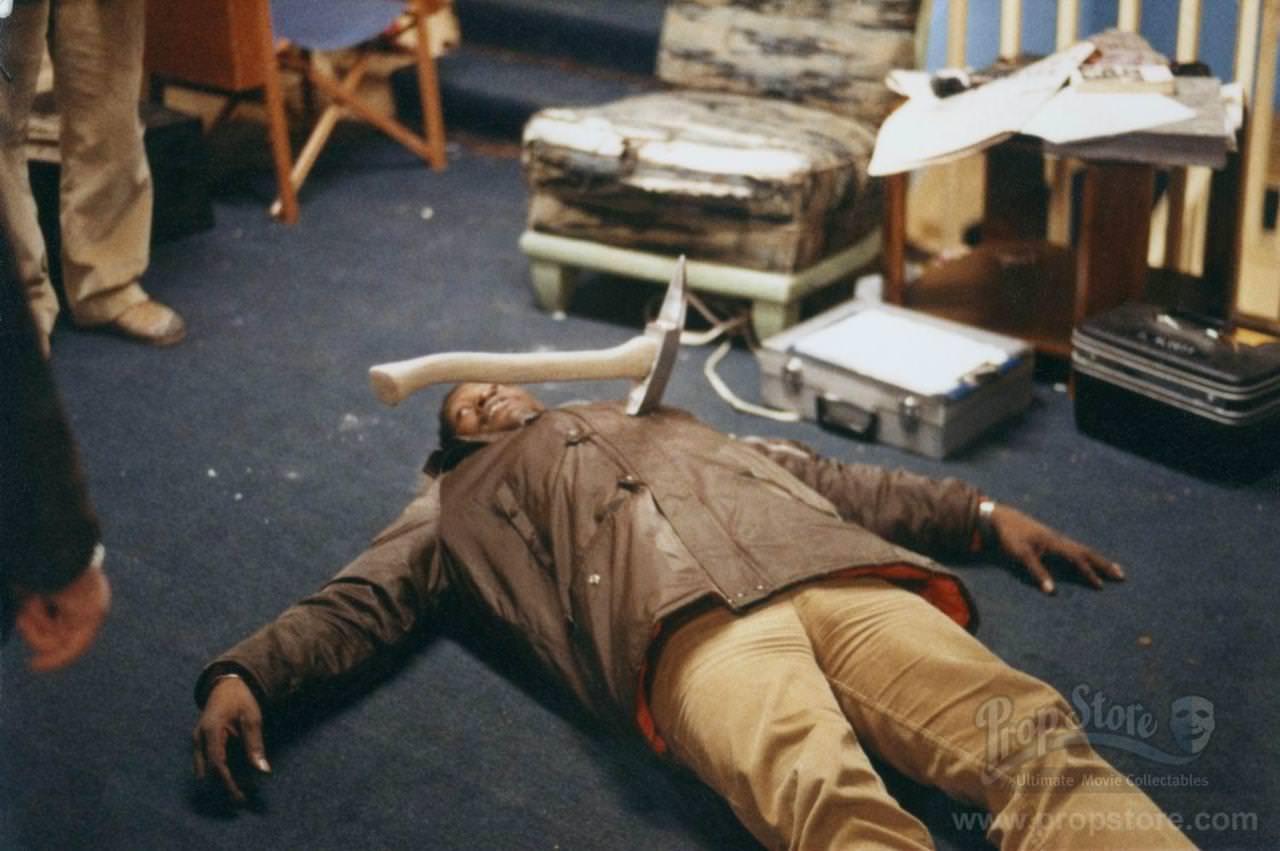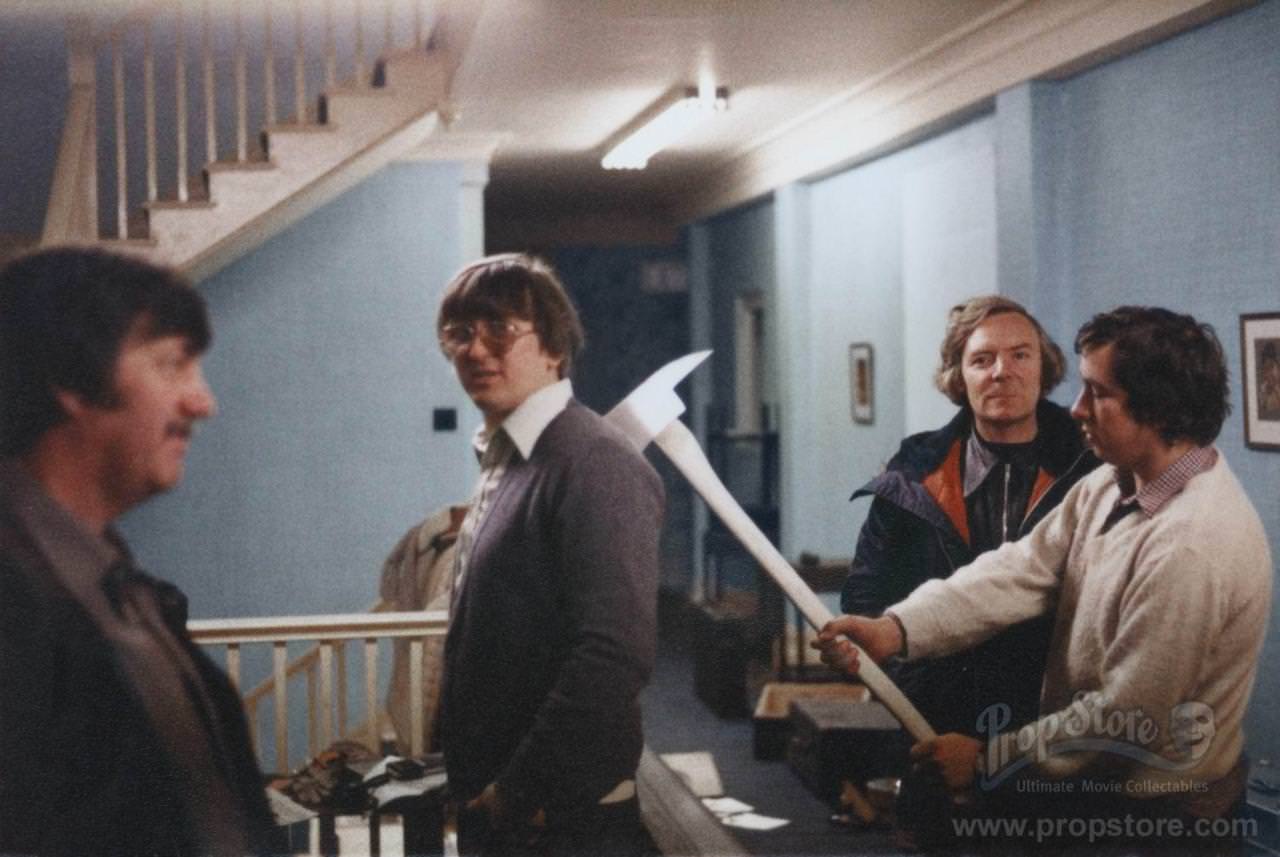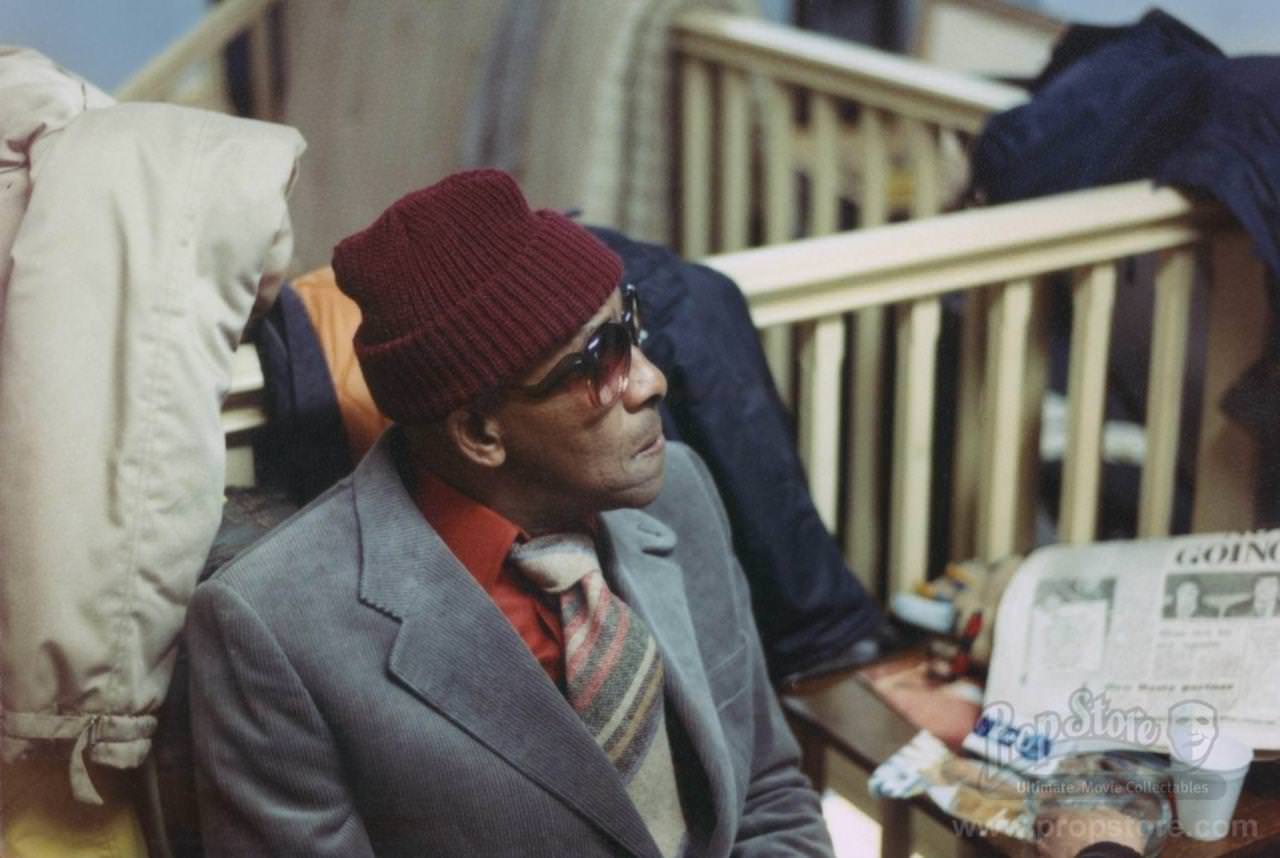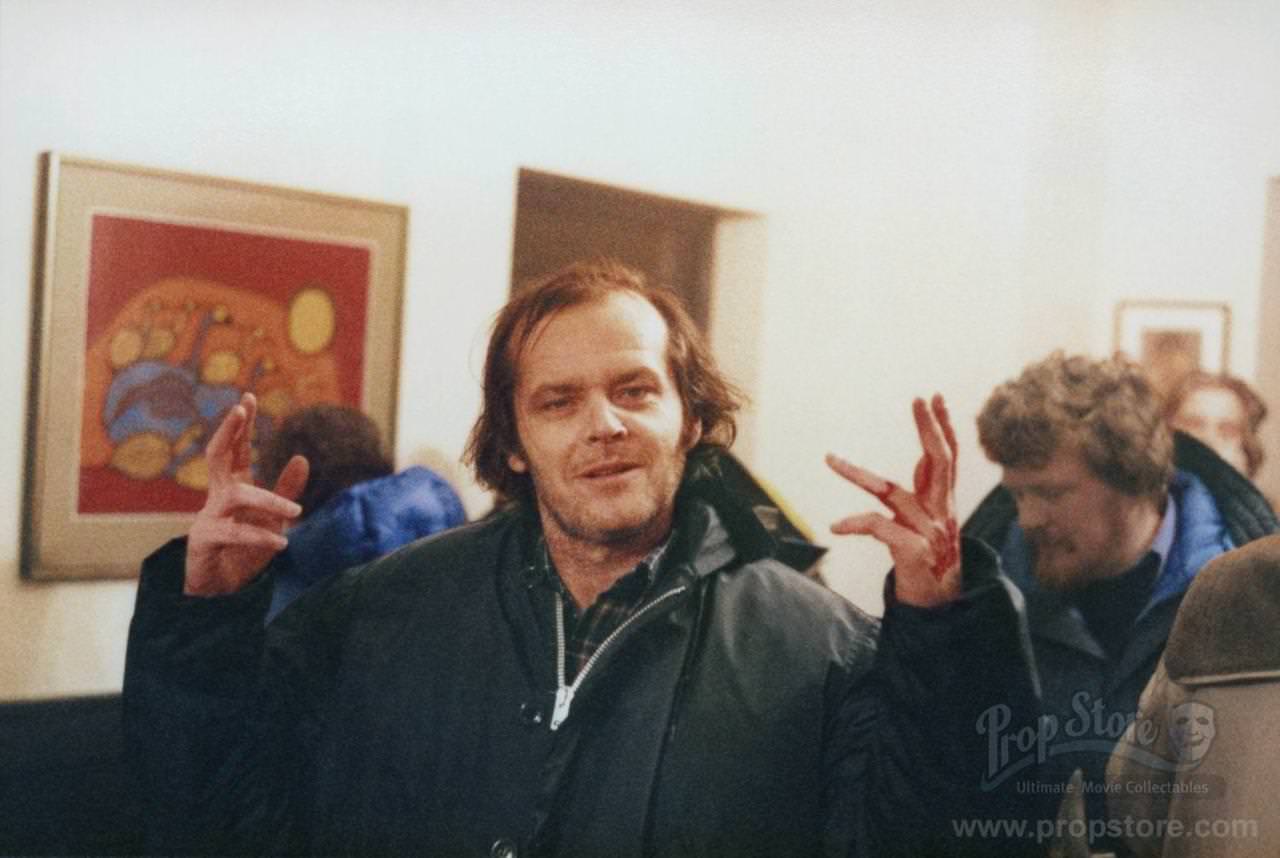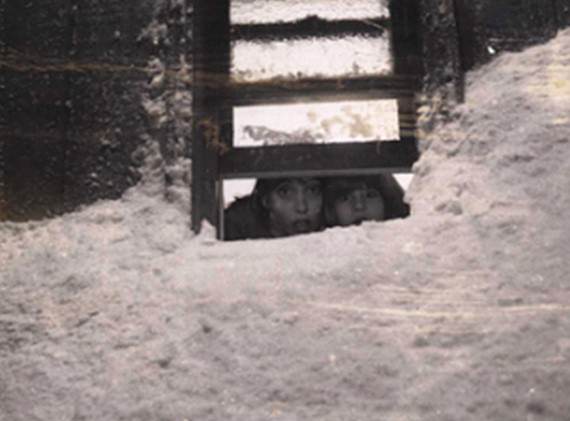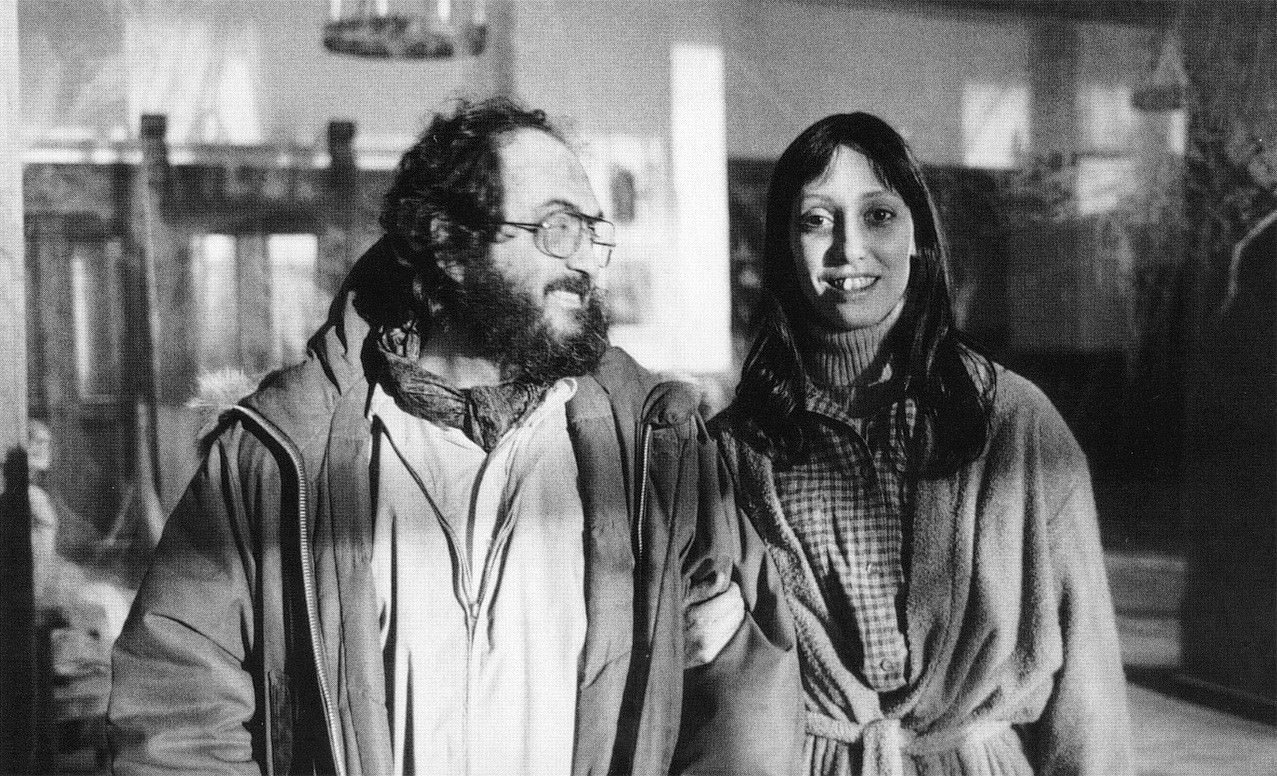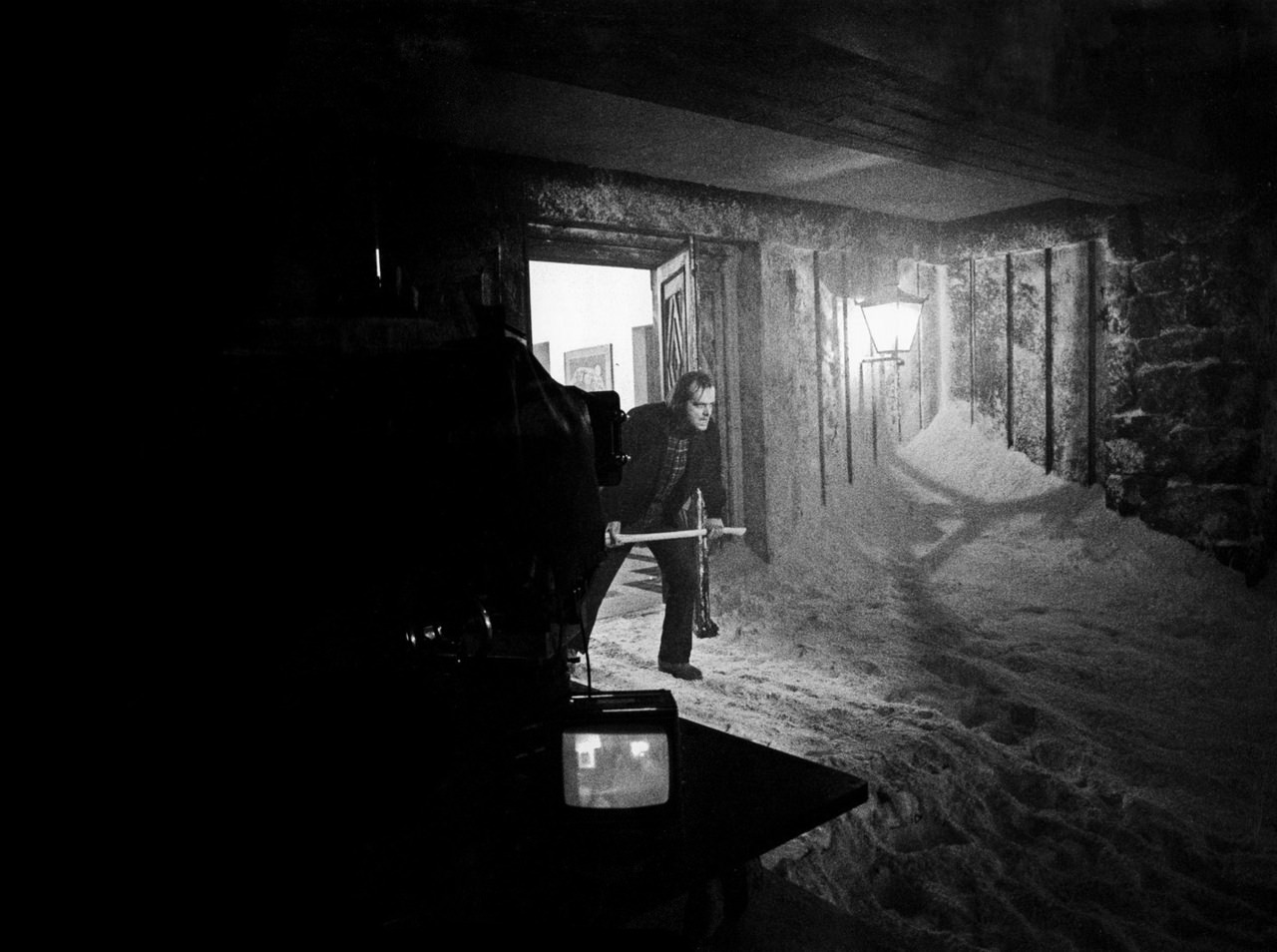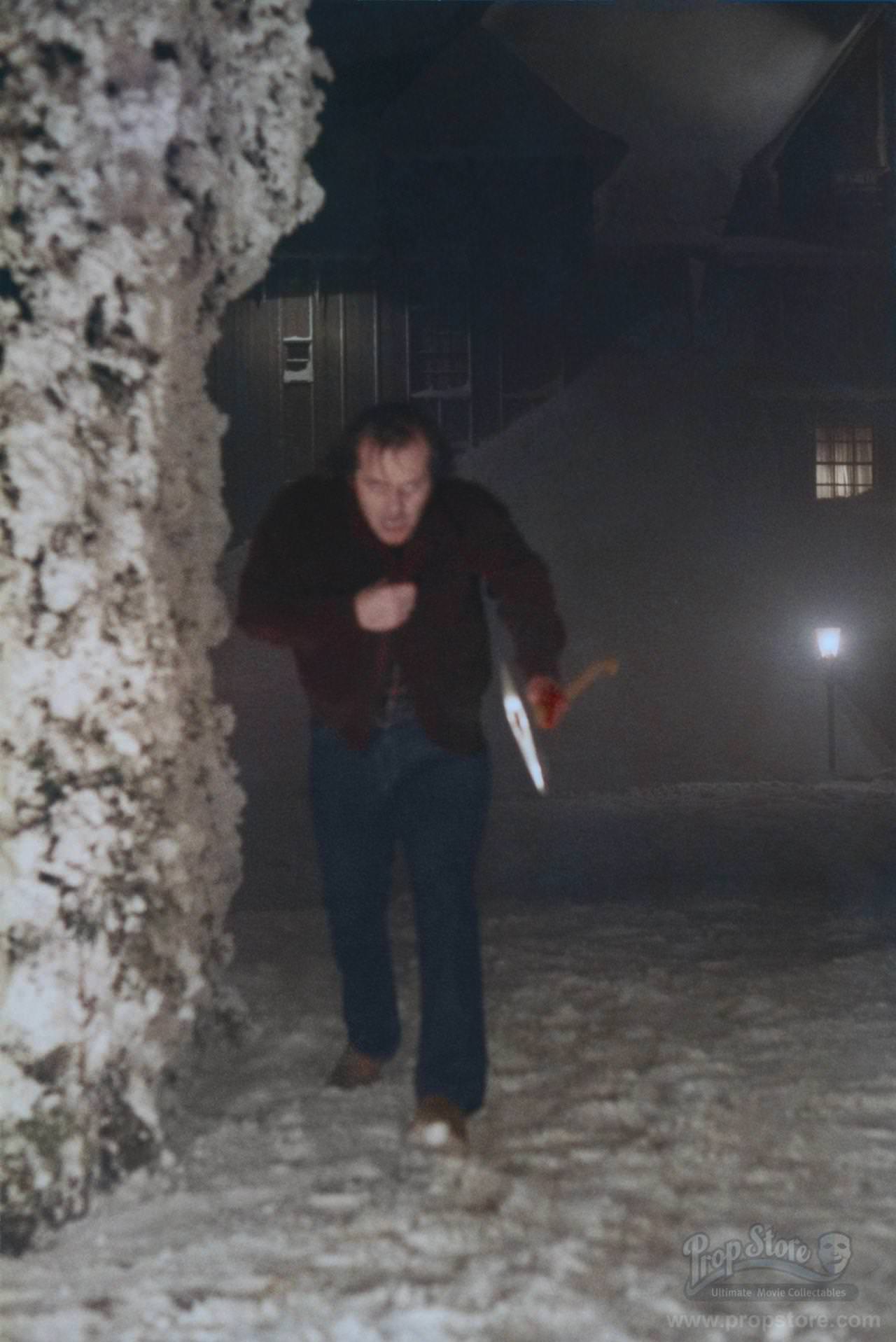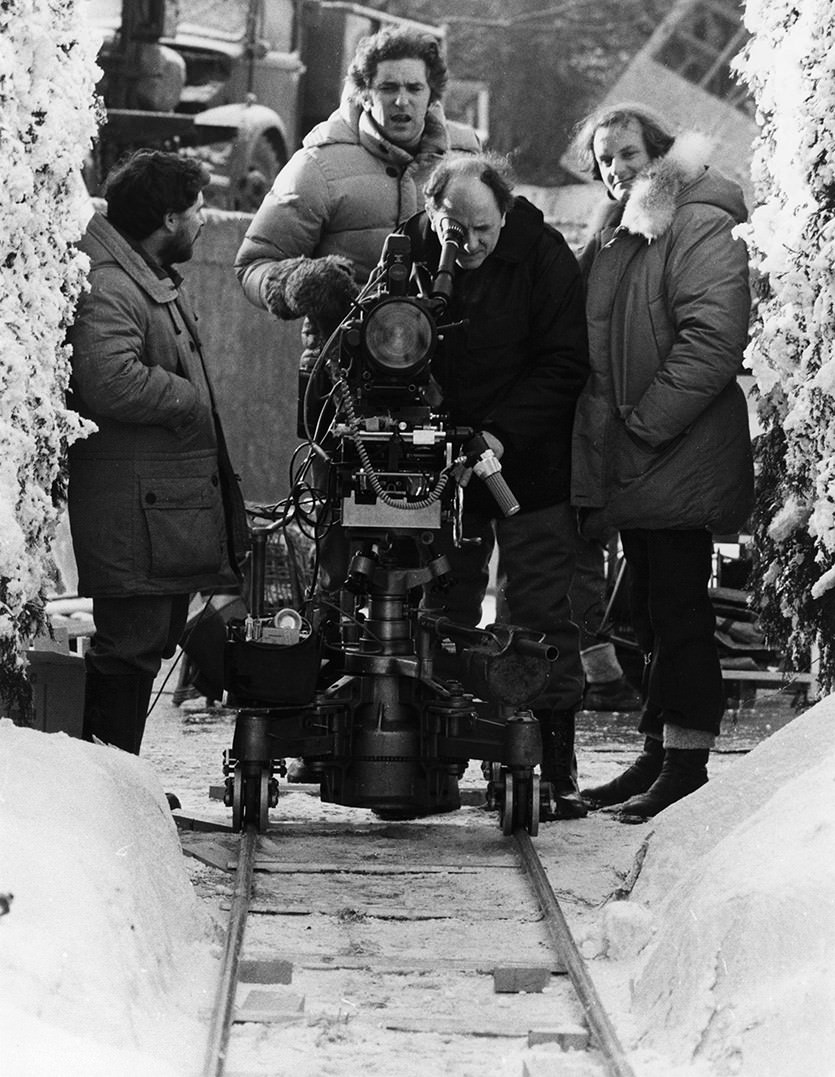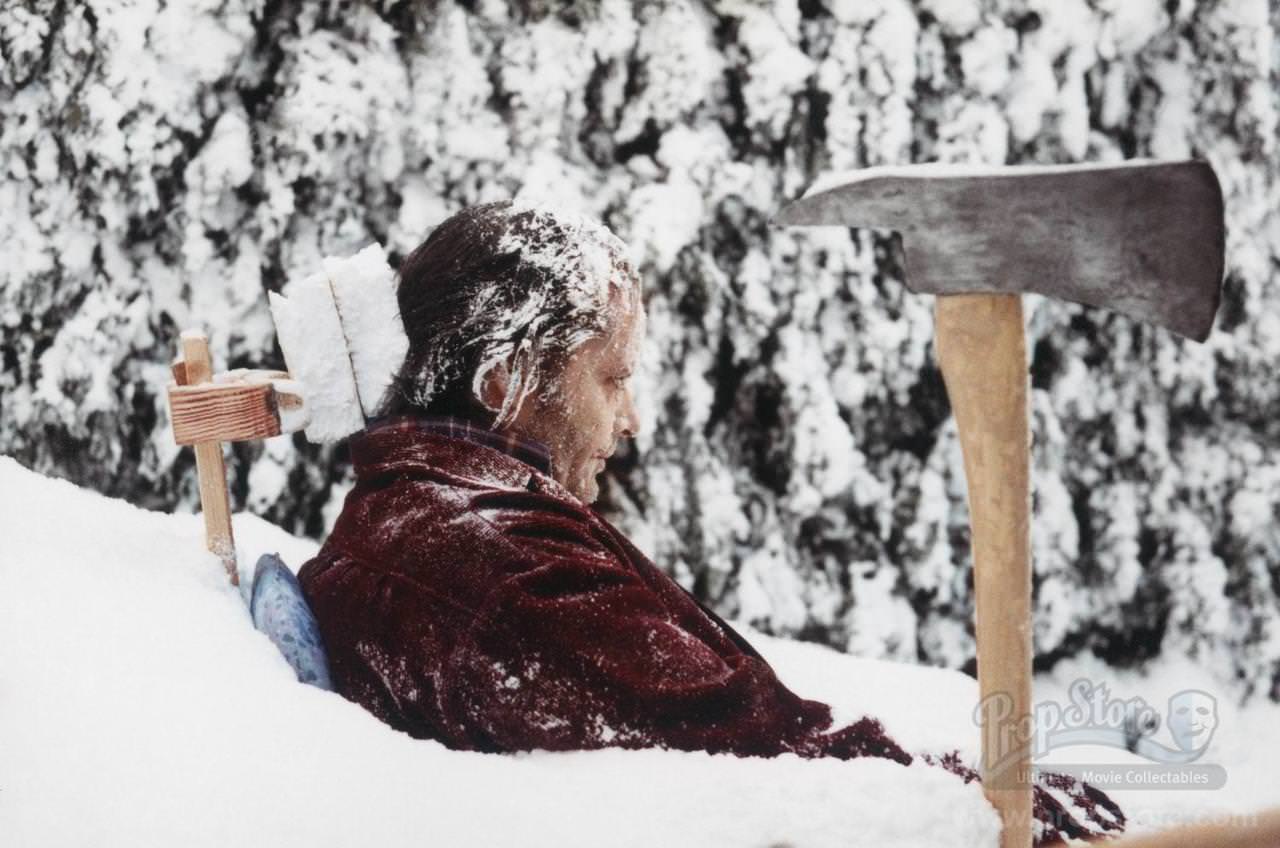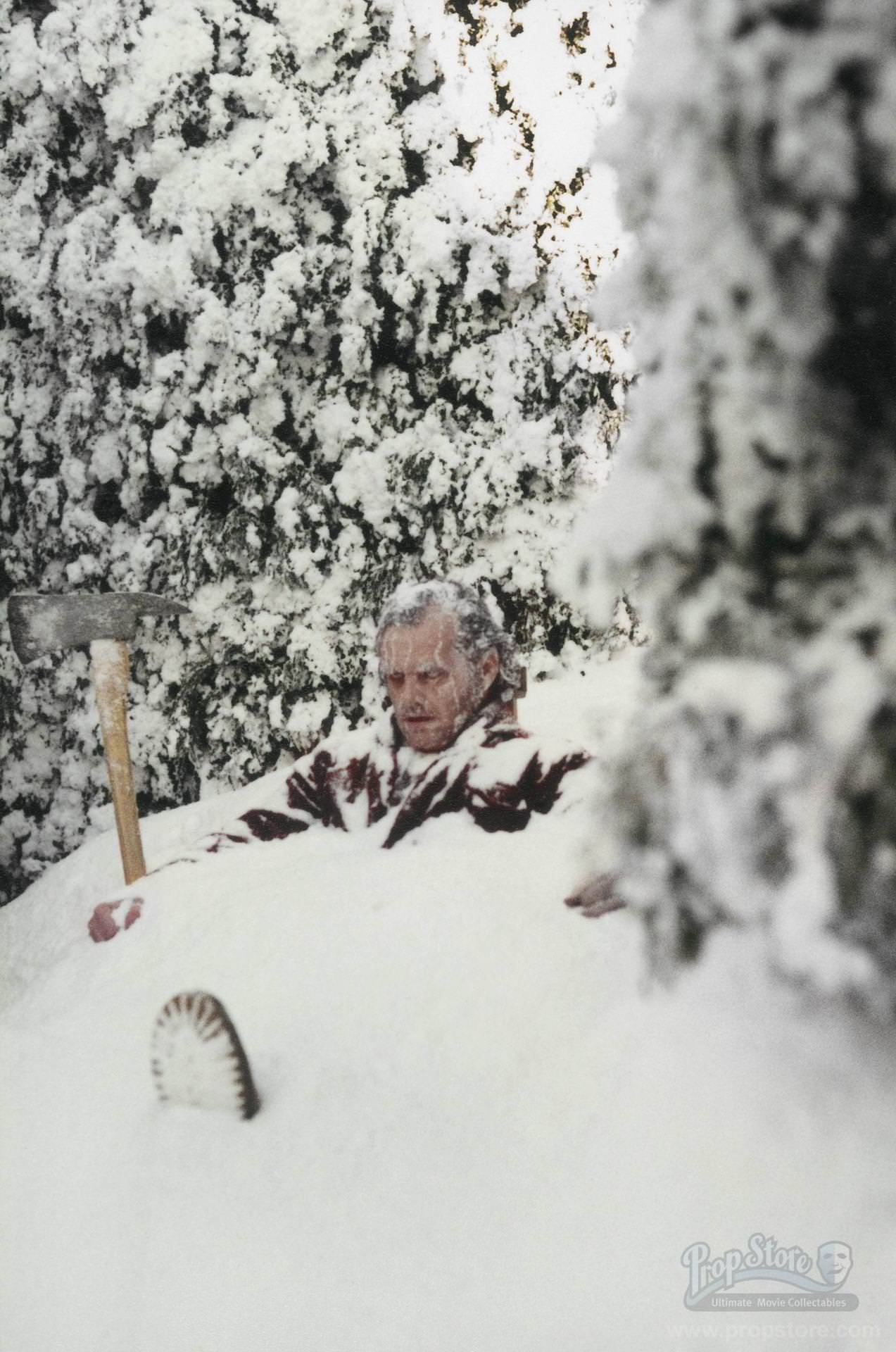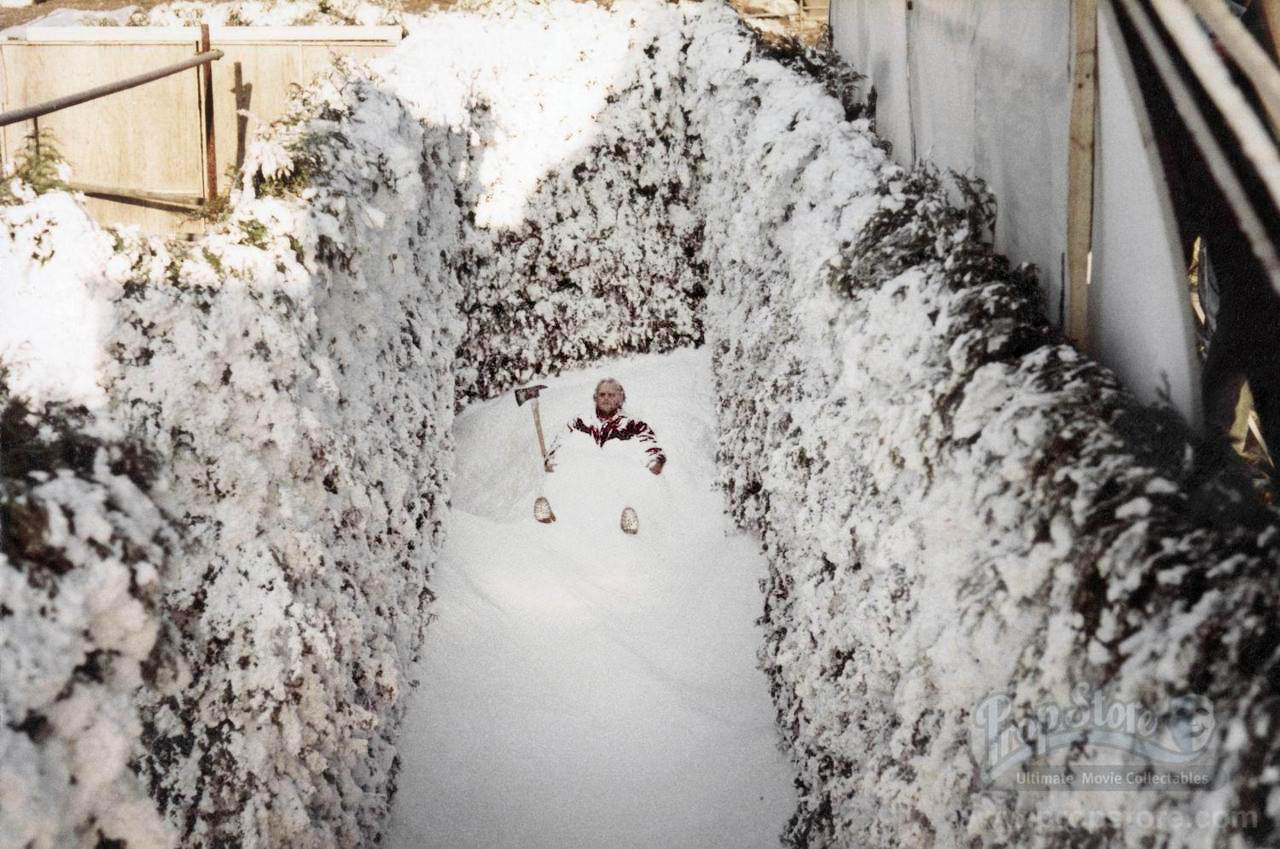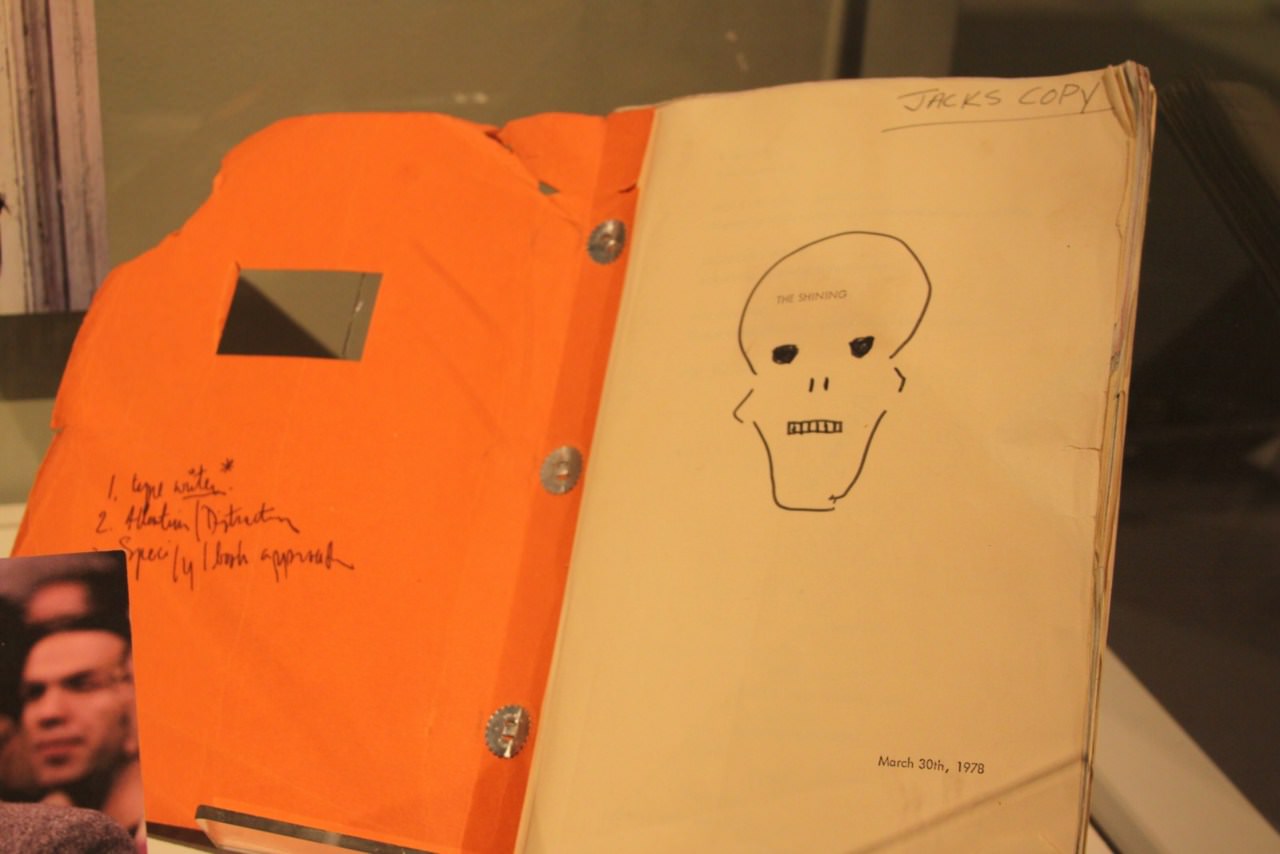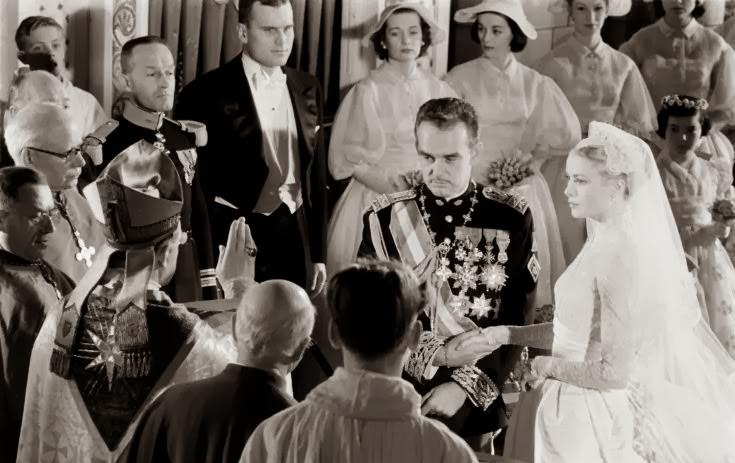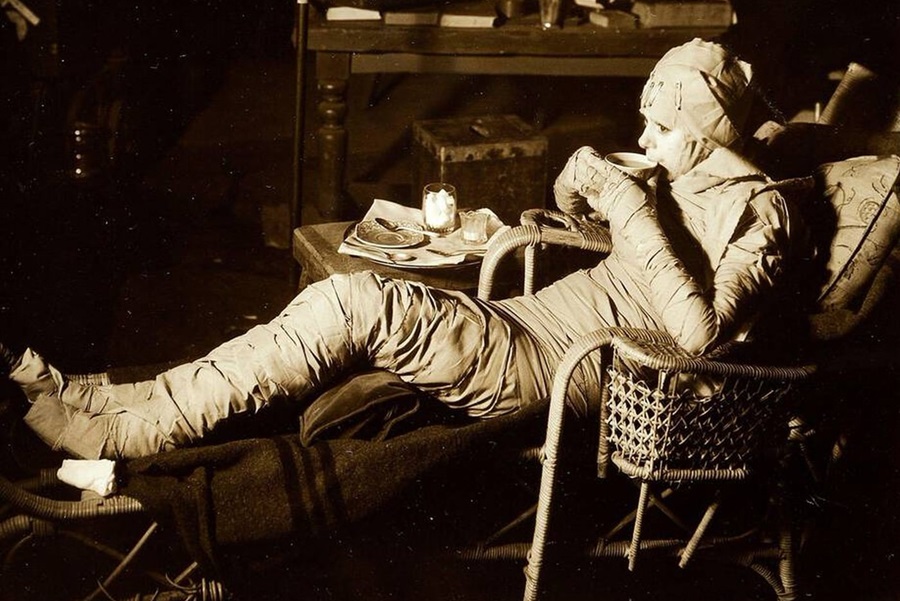Creating the movie The Shining, which came out in 1980, was a long and demanding process led by director Stanley Kubrick. Kubrick was known for being incredibly precise and having a very specific vision for his films. He paid attention to every tiny detail, and this way of working shaped everything about how The Shining was made.
The story of The Shining takes place mostly inside a large, isolated hotel called the Overlook Hotel. For the outside shots of the hotel seen in the movie, the filmmakers used a real place, the Timberline Lodge in Oregon in the United States. However, almost all of the inside scenes were not filmed in a real hotel. Instead, massive sets were built on soundstages in England.
These sets were huge and incredibly detailed, recreating the look of the Overlook Hotel rooms, hallways, and grand spaces. Building the hotel interiors on sets gave Kubrick complete control over everything. He could arrange the rooms and hallways exactly as he wanted to create a feeling of unease and disorientation. The sets were designed to look grand but also slightly off, with unusual layouts and patterns that added to the unsettling mood of the film. They were some of the largest sets ever built for a movie at that time.
The main actors in the film were Jack Nicholson, who played the writer Jack Torrance, Shelley Duvall, who played his wife Wendy, and a young boy named Danny Lloyd, who played their son, Danny. Working with Stanley Kubrick on The Shining was a unique experience for the cast.
Read more
Kubrick was famous for requiring many, many takes for a single shot or scene. This meant actors would sometimes repeat the same actions and lines dozens, or even over a hundred, times until Kubrick felt he had gotten it exactly right. This was particularly challenging for Shelley Duvall. The role of Wendy Torrance is very emotional and requires her to be scared and distressed for much of the movie. Filming scene after scene, take after take, of such intense emotions was very difficult and physically tiring for her. There are stories about specific scenes, like the one where Wendy swings a baseball bat, that required an extreme number of takes to get just the right level of panic and action. This demanding process was a key part of Kubrick’s method to achieve the specific raw and exhausted performance he wanted from the character.
Jack Nicholson, already a famous actor, brought a lot of energy to the role of Jack Torrance, who slowly goes crazy. Working with Kubrick meant repeating scenes often, but Nicholson has spoken about understanding that the director was aiming for something specific and unique. He delivered a very intense and memorable performance.
For the child actor, Danny Lloyd, who played Danny Torrance and was only about six years old during filming, Kubrick took steps to protect him from the horror elements of the story. Danny was reportedly told they were making a drama, not a horror movie. Many of the adult conversations about the frightening parts of the plot were kept from him. His scenes were filmed in a way that he wasn’t exposed to the full intensity of the horror depicted, especially the scarier makeup effects or violent actions happening around the adult characters.
A major technical innovation used extensively in The Shining was the Steadicam. This is a camera mount that uses weights and a vest worn by the operator to keep the camera incredibly steady, even when the person holding it is walking or running. The Shining was one of the first major movies to use the Steadicam so much. It was used for many of the film’s most famous shots, especially those following Danny as he rode his tricycle through the long, empty hallways of the hotel. These shots feel smooth and gliding, creating a feeling of being right there with Danny, but also adding a sense of unease, like something might be following him just out of view. The Steadicam allowed the camera to move through the elaborate sets in a fluid way that traditional camera dollies couldn’t manage easily, making the hotel itself feel more like a character with its own presence.
Filming took a remarkably long time. Production on The Shining lasted for over a year, which is much longer than typical movie shoots. This extended schedule was a direct result of Kubrick’s method of shooting many takes and his meticulous attention to every detail of the production, from the performances to the lighting and the movement of the camera.


